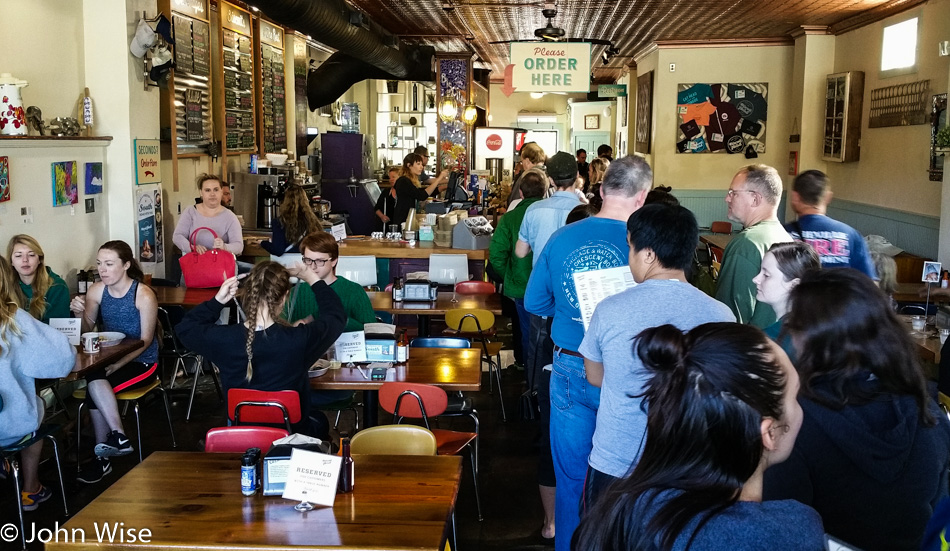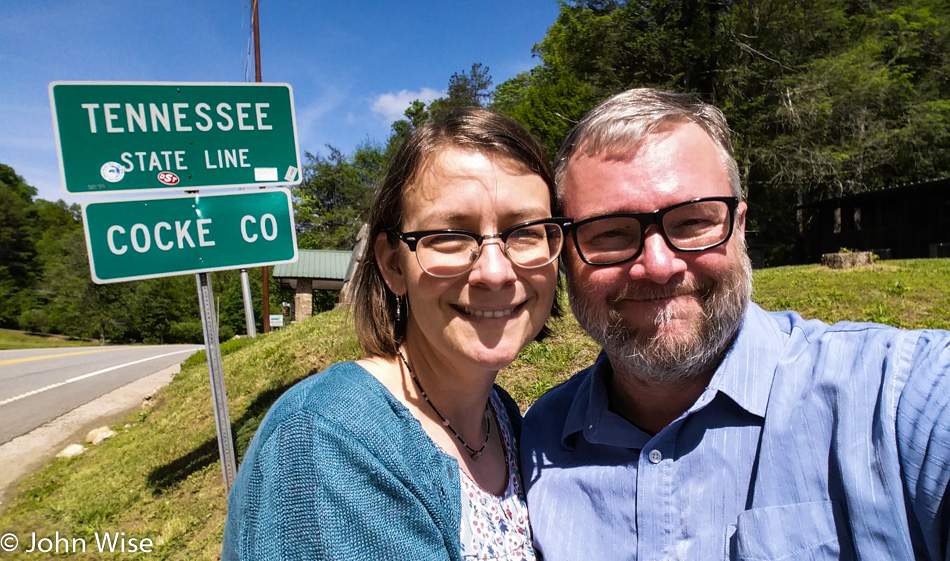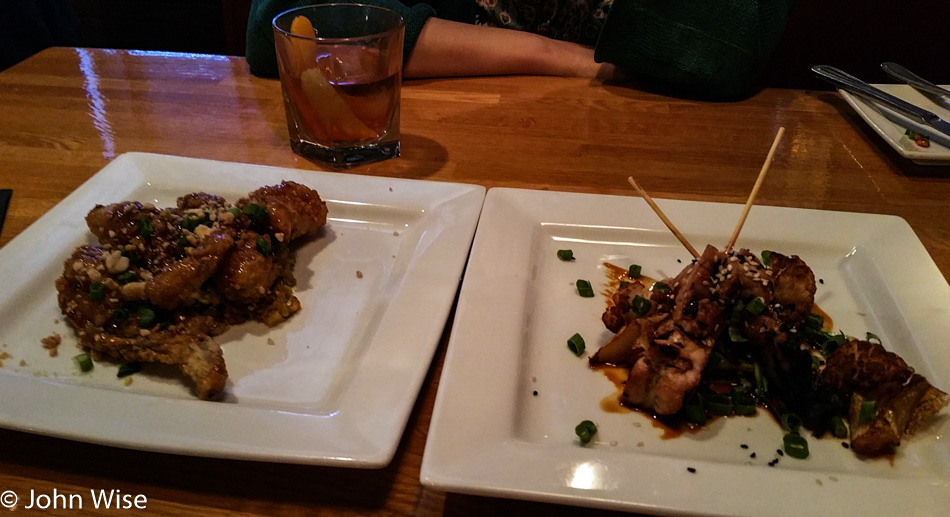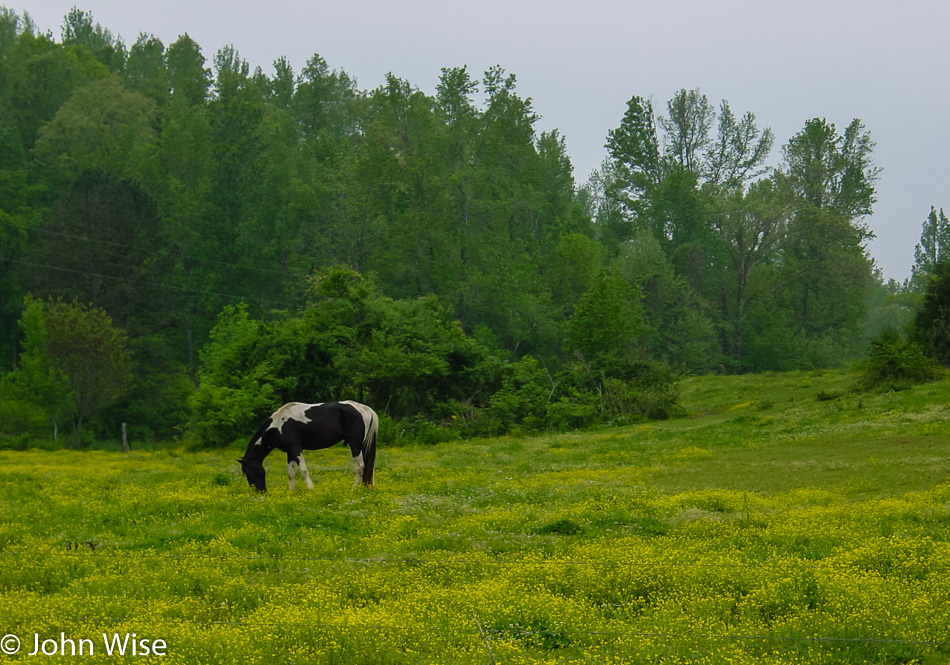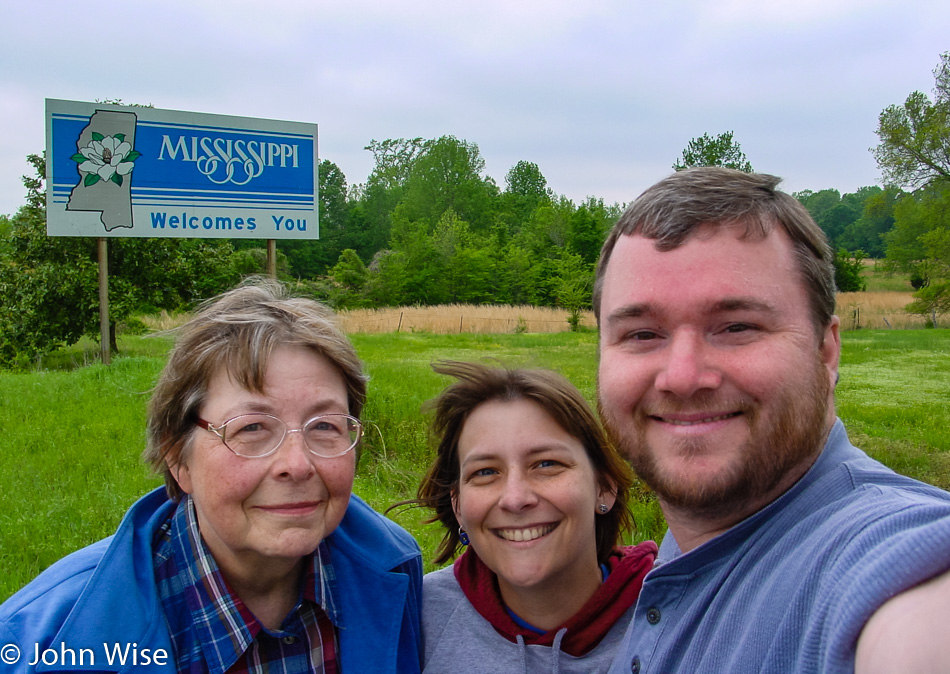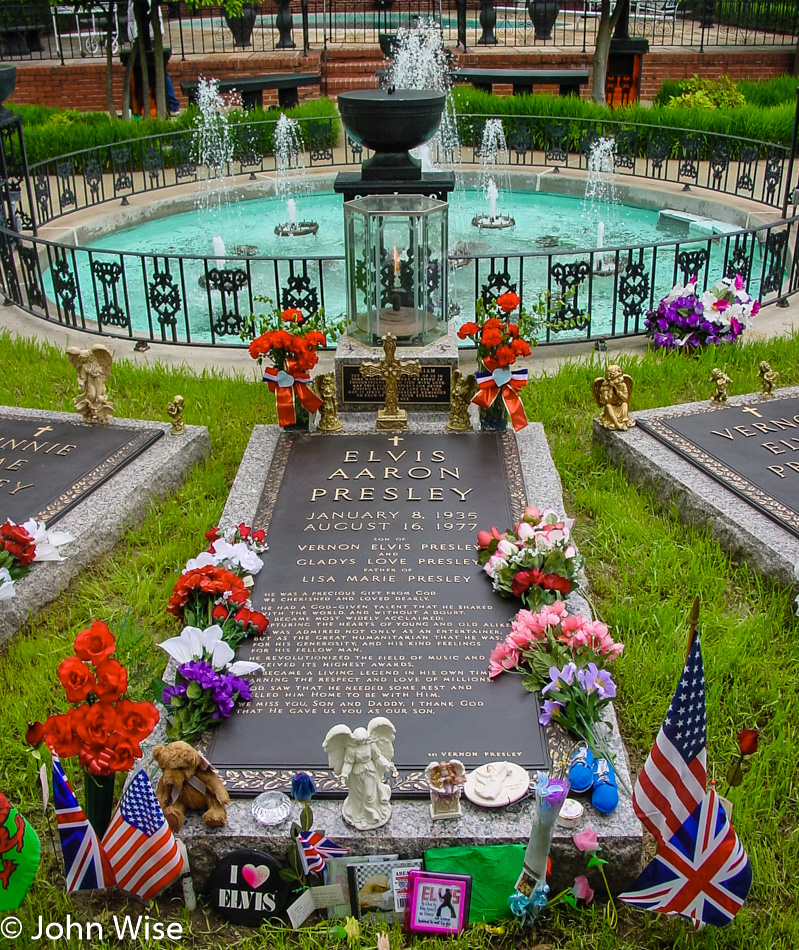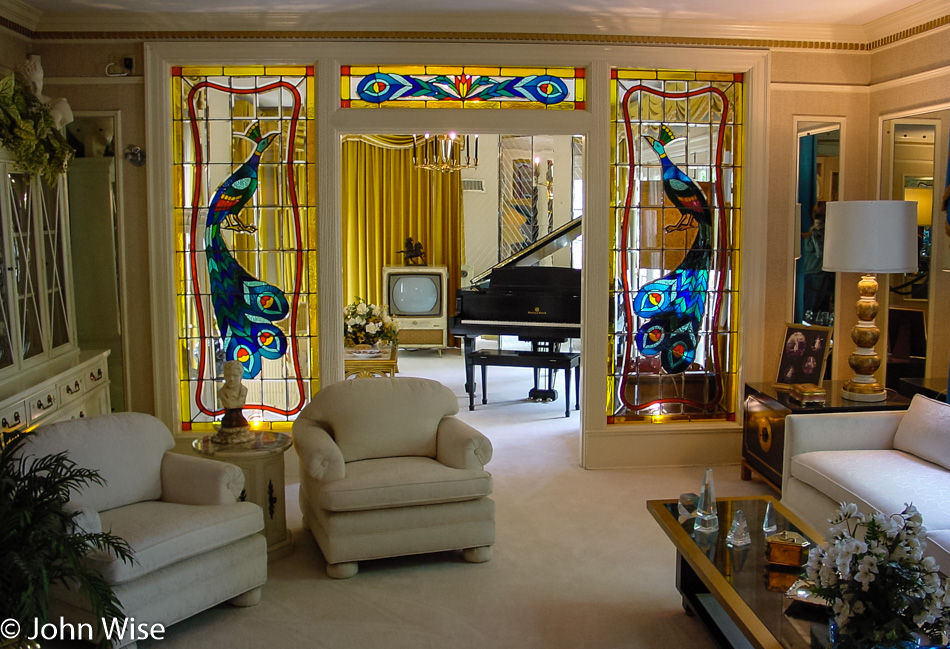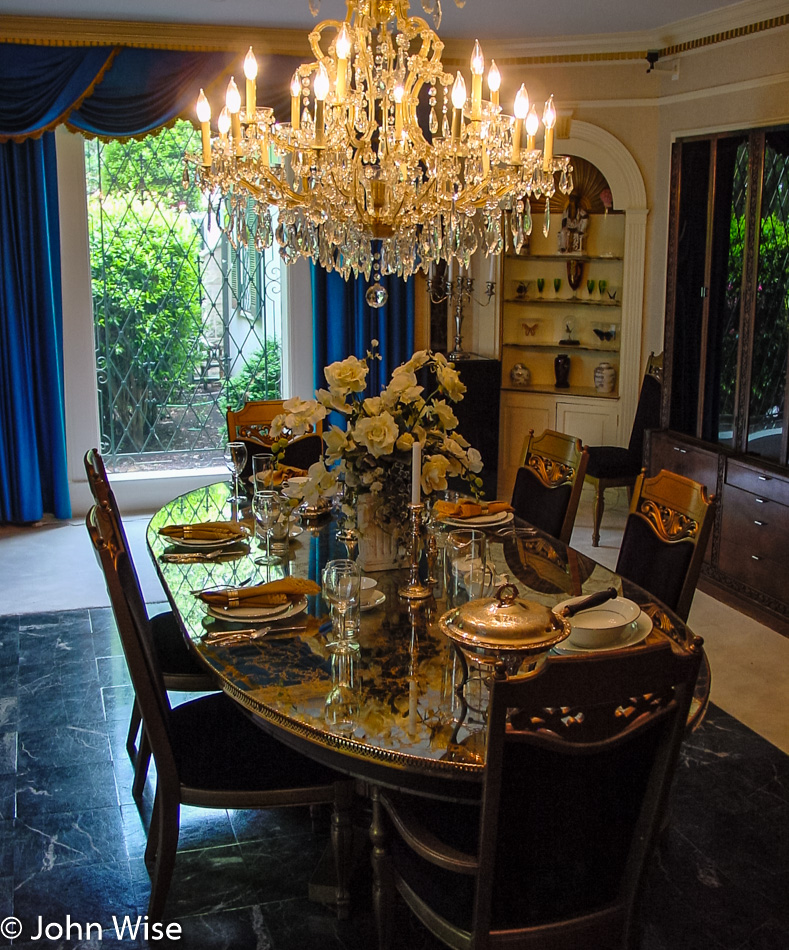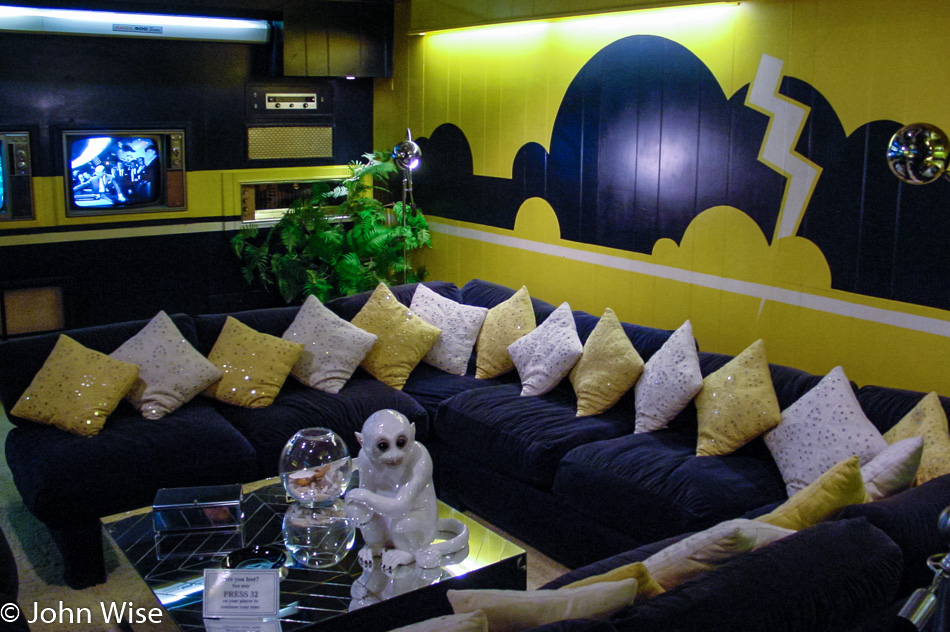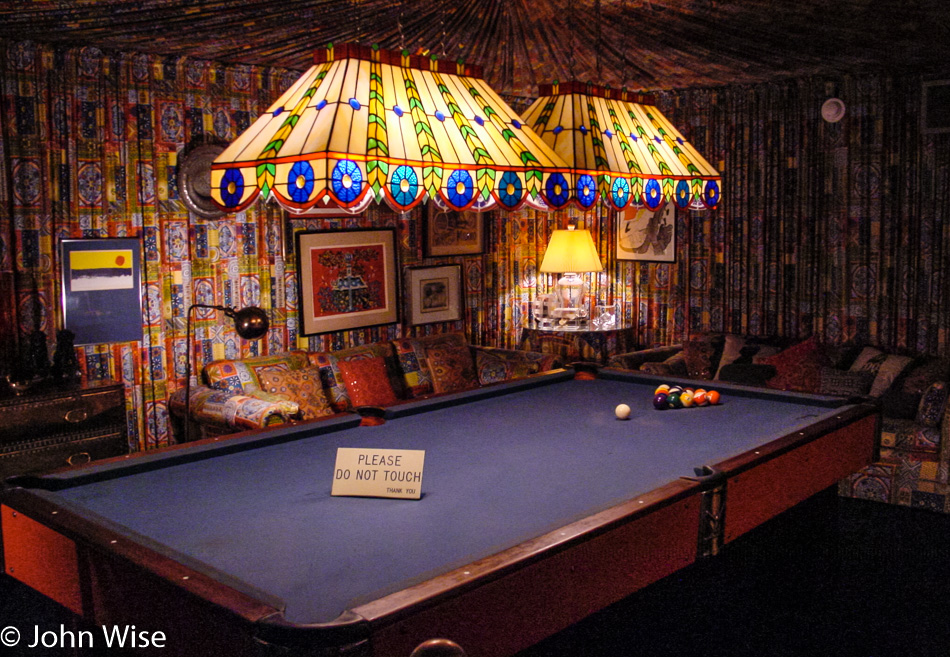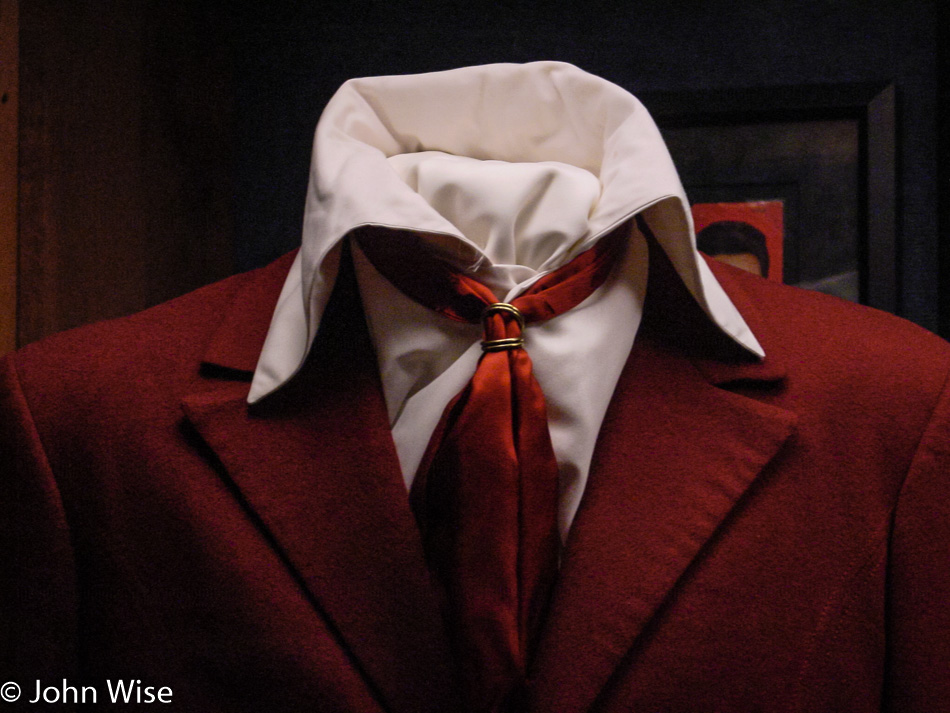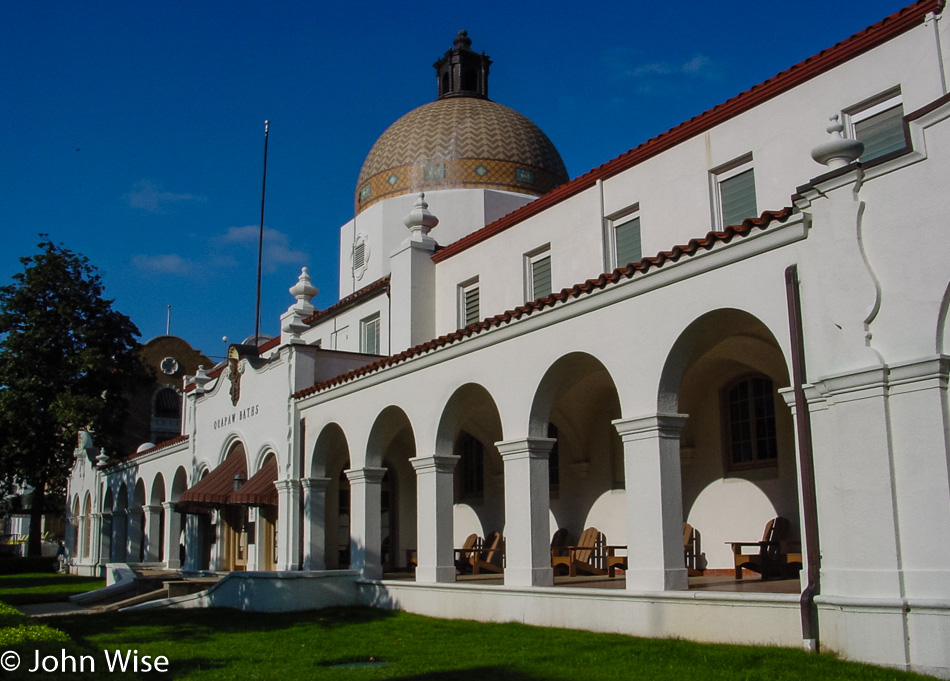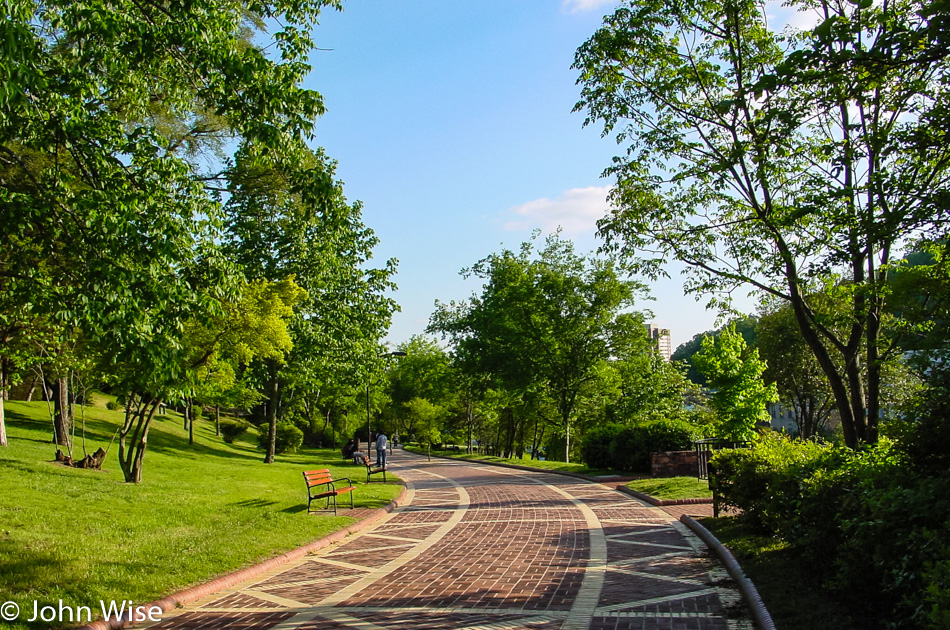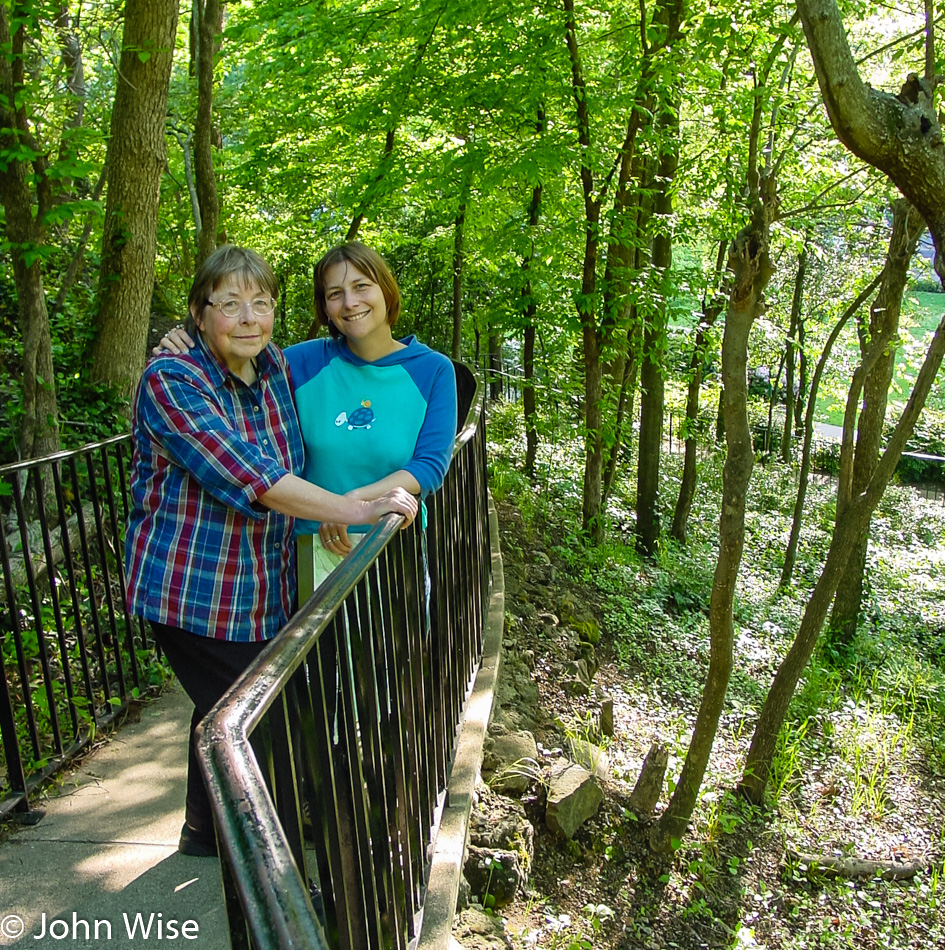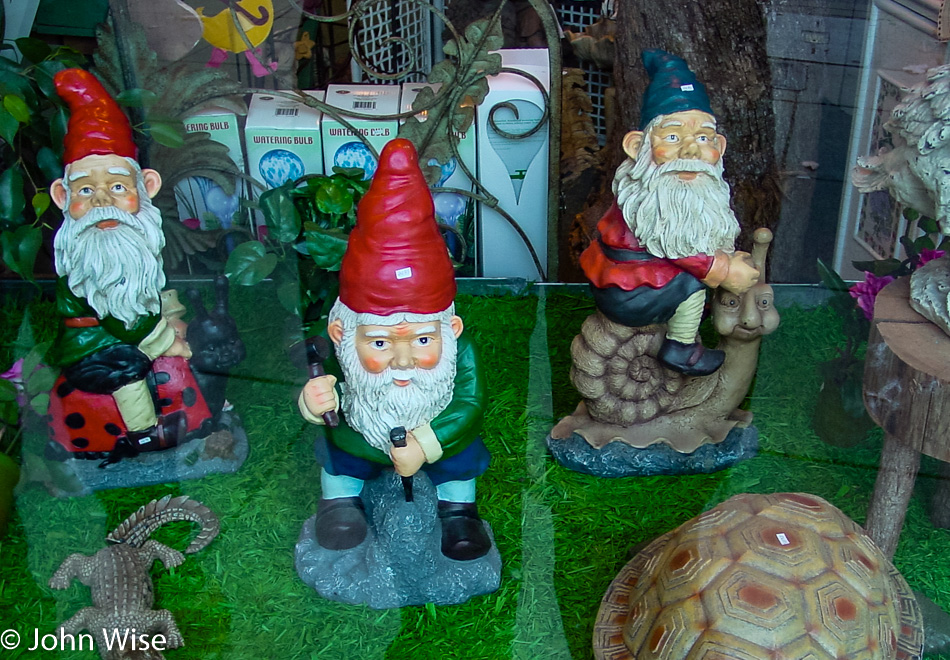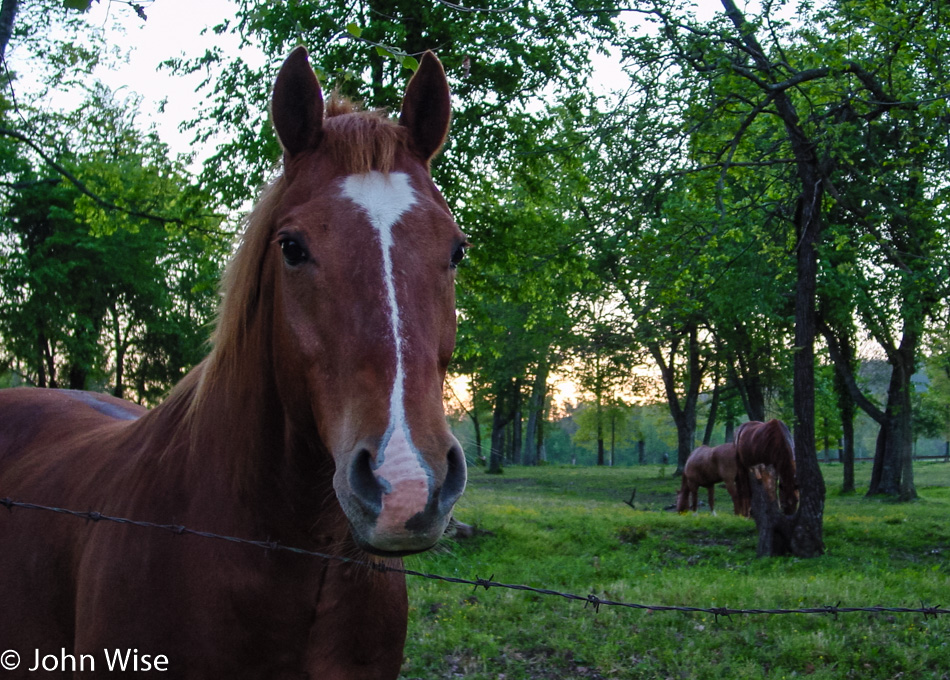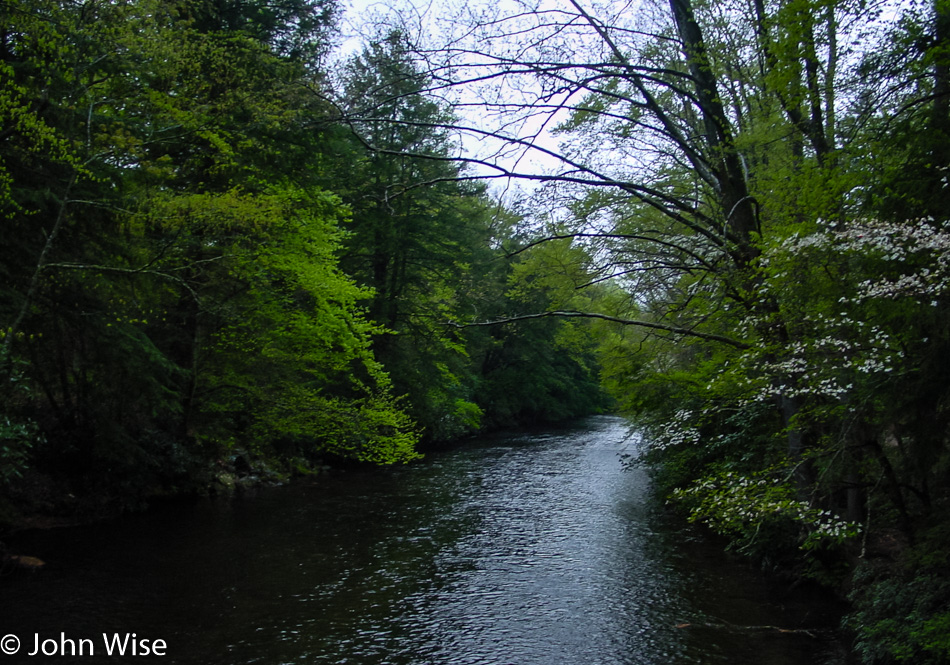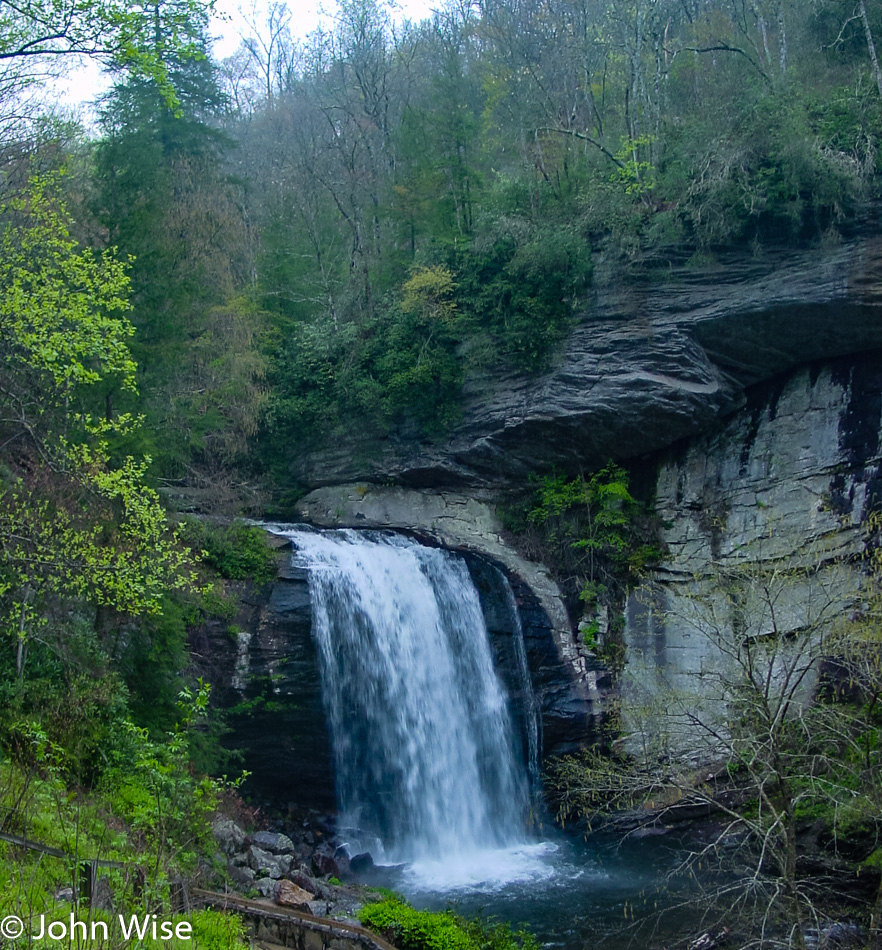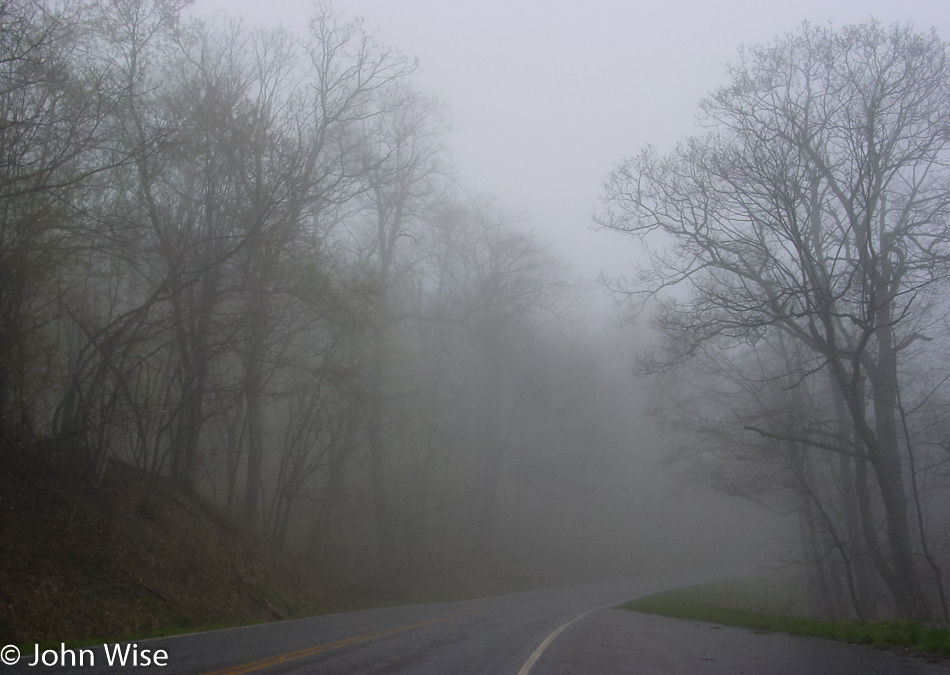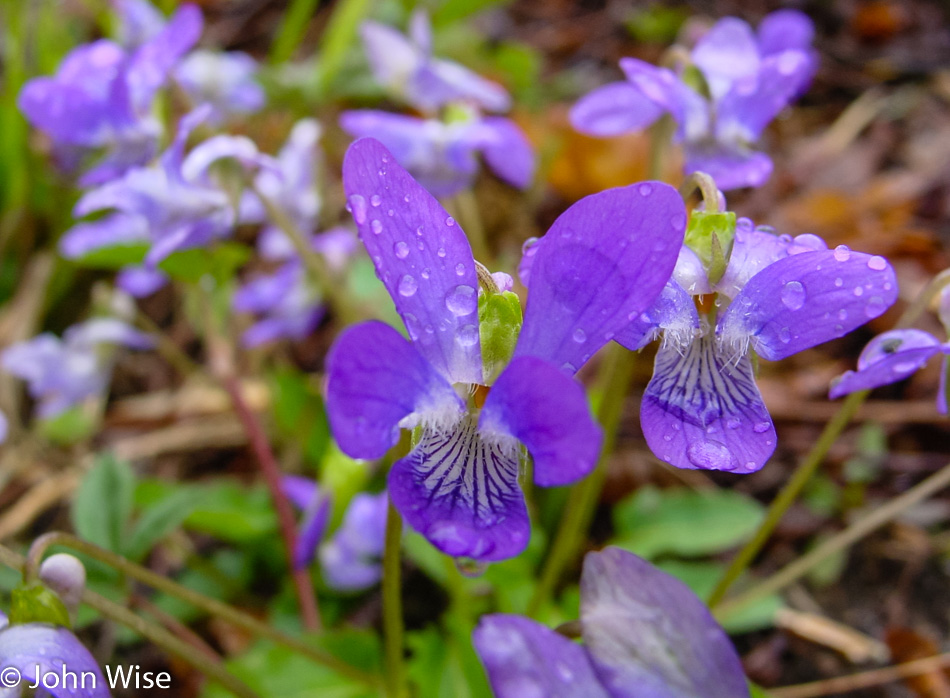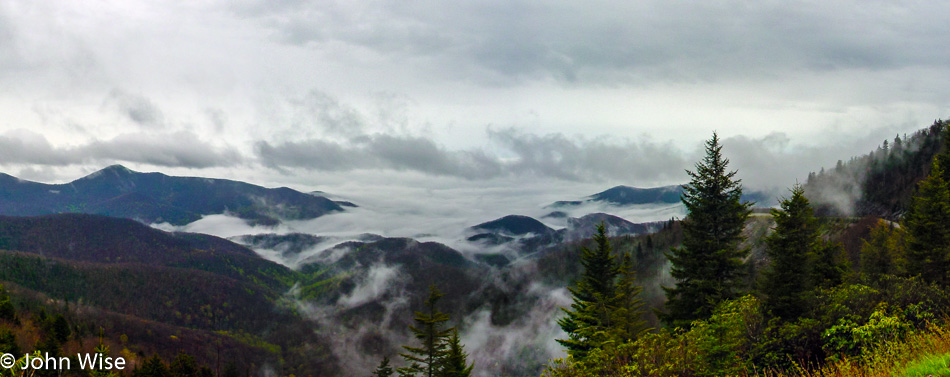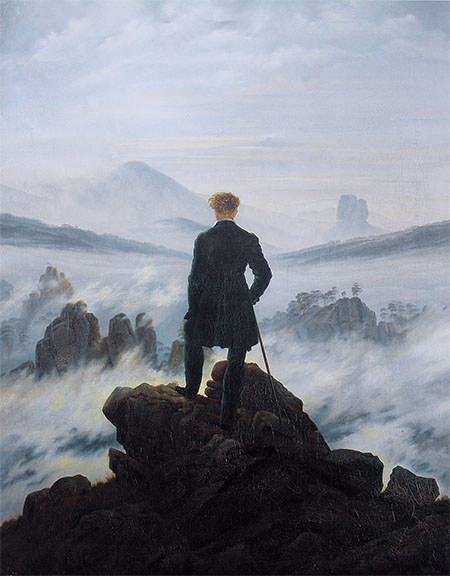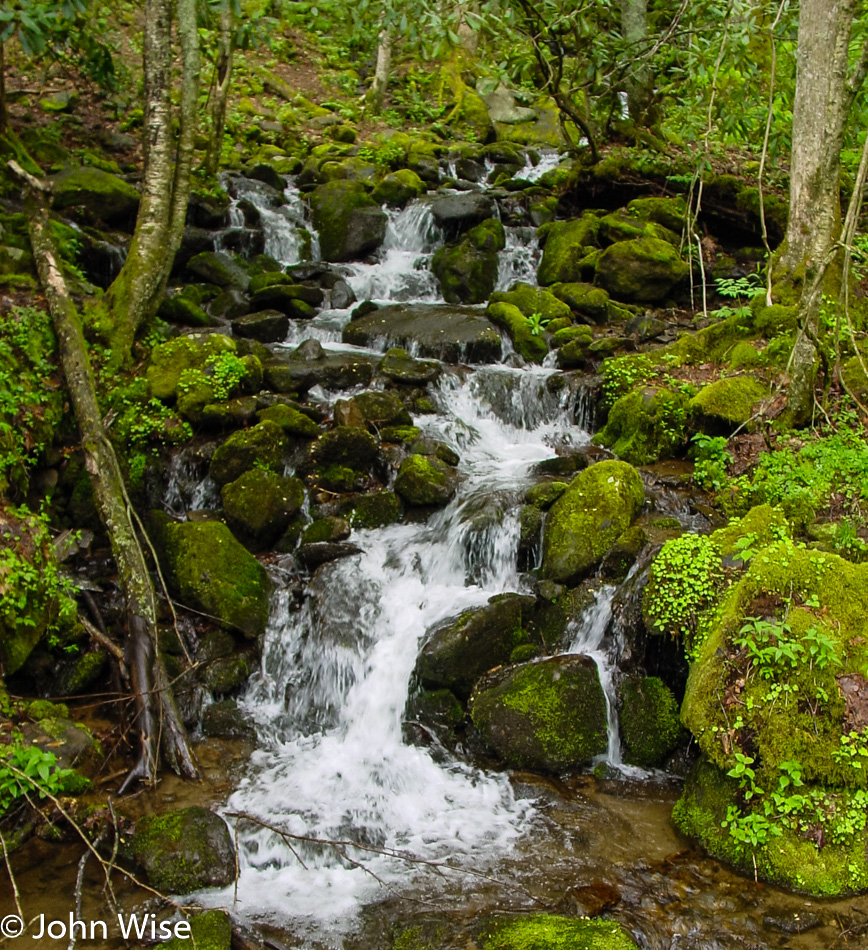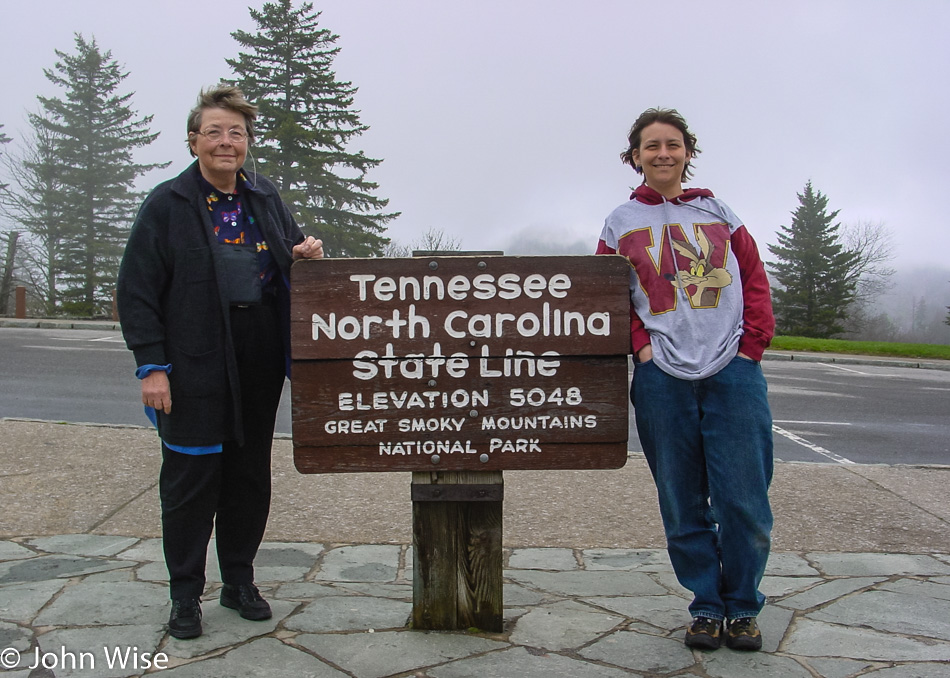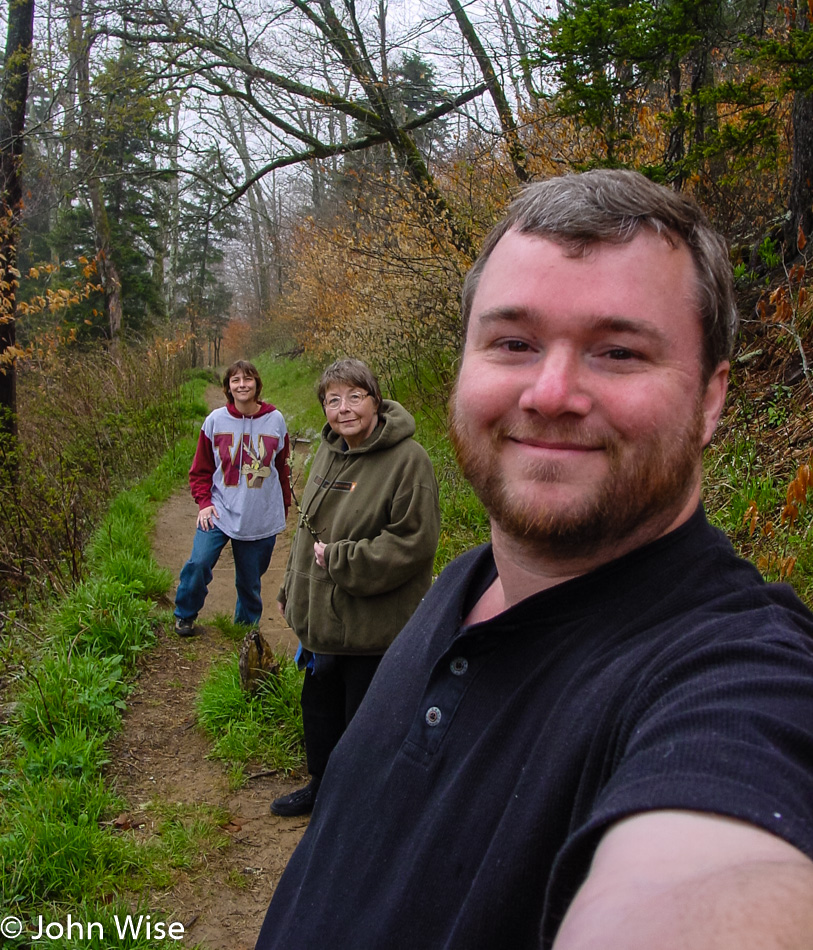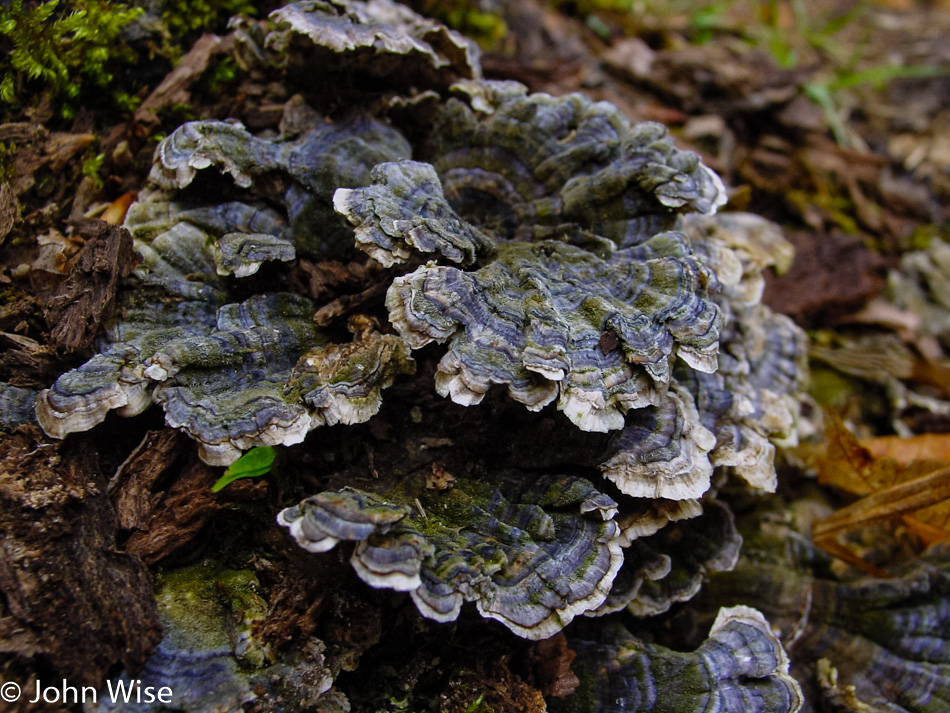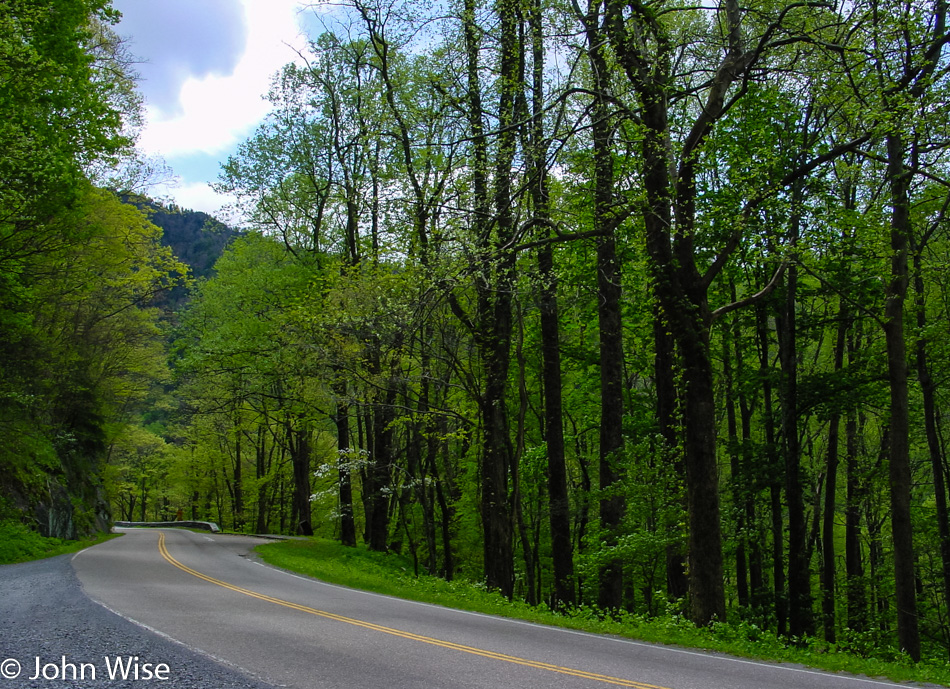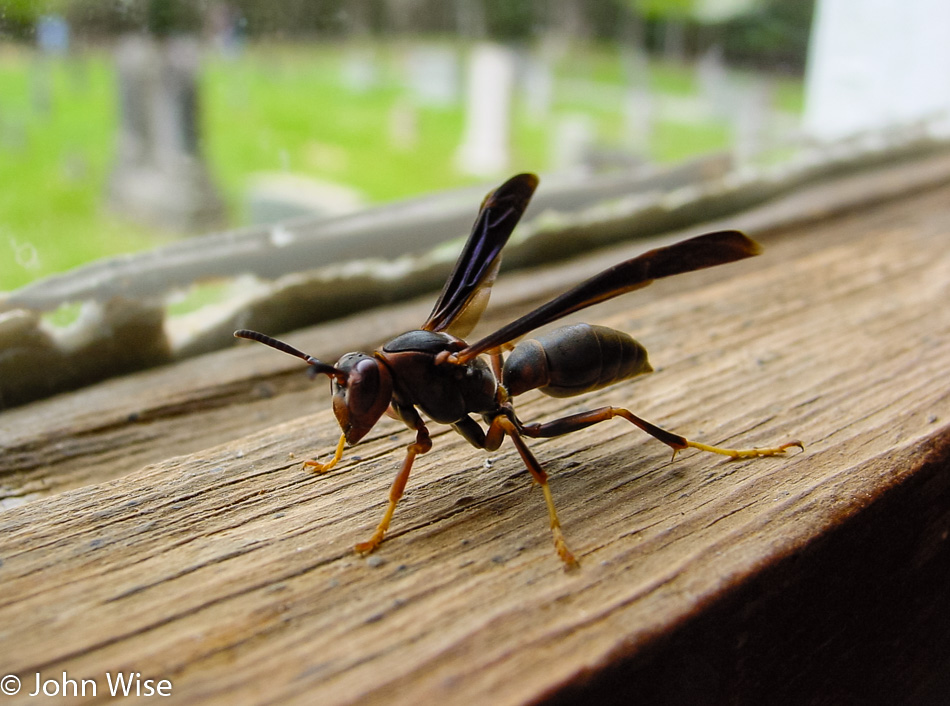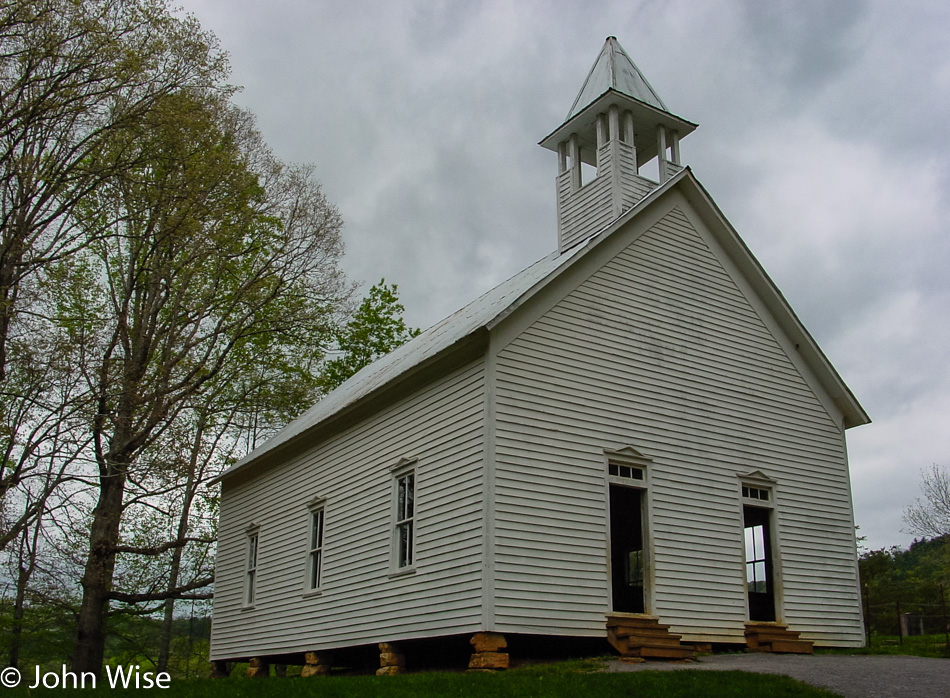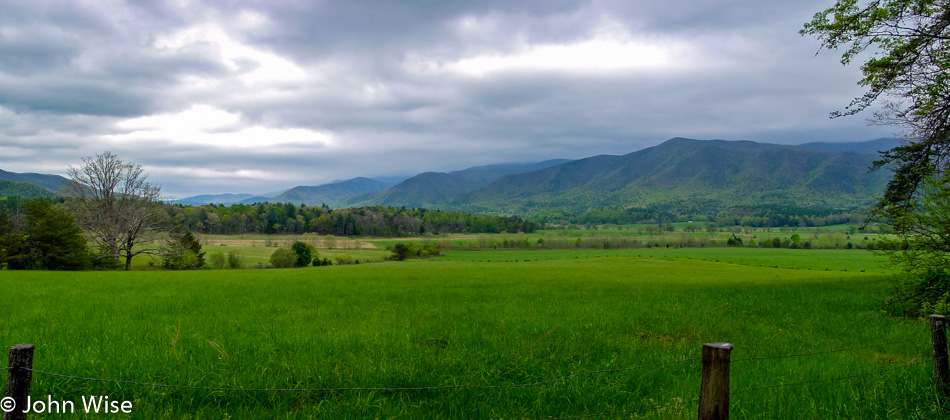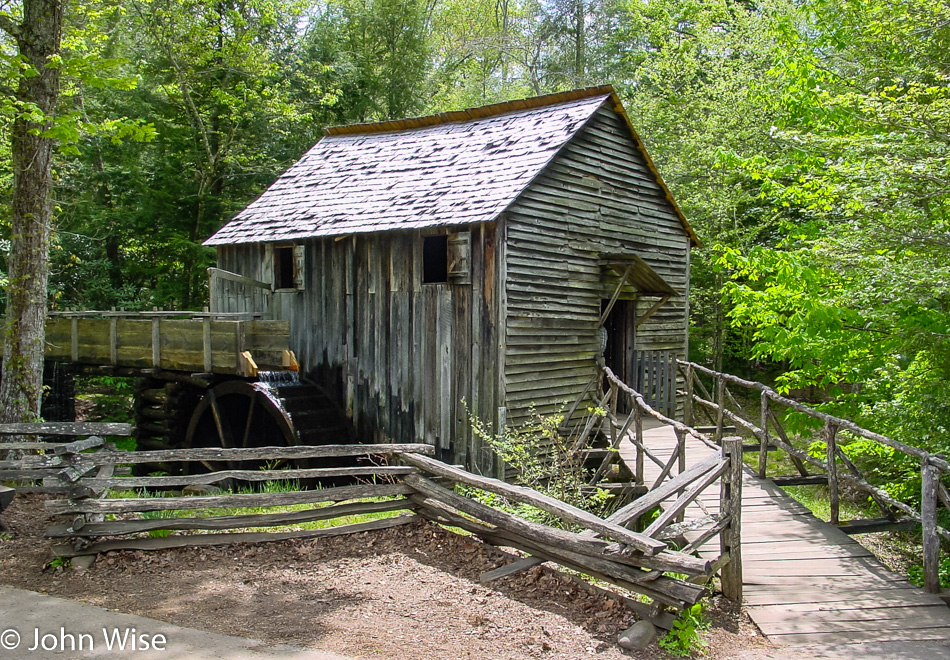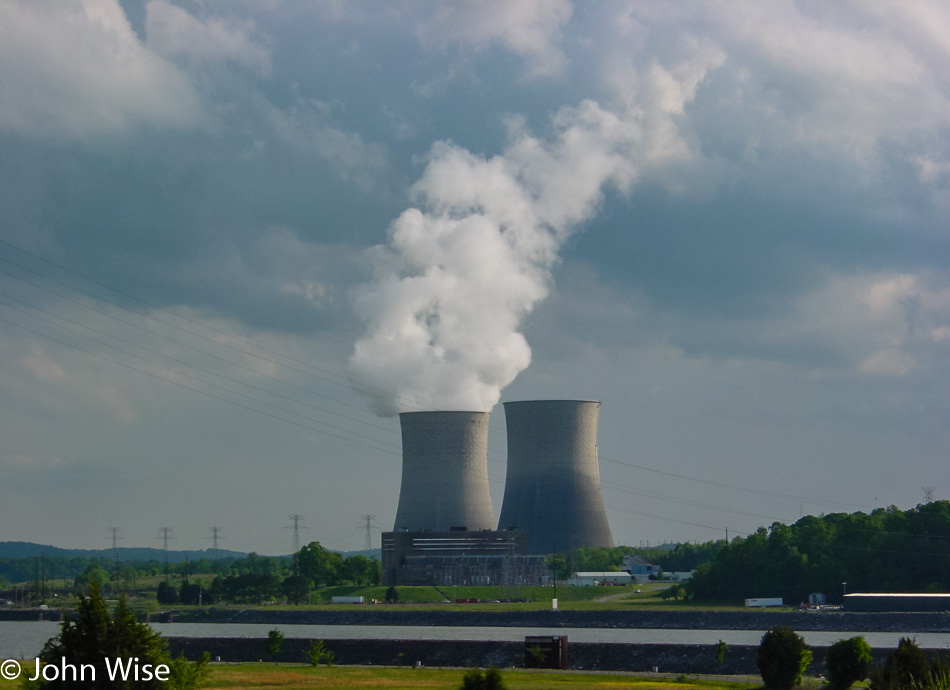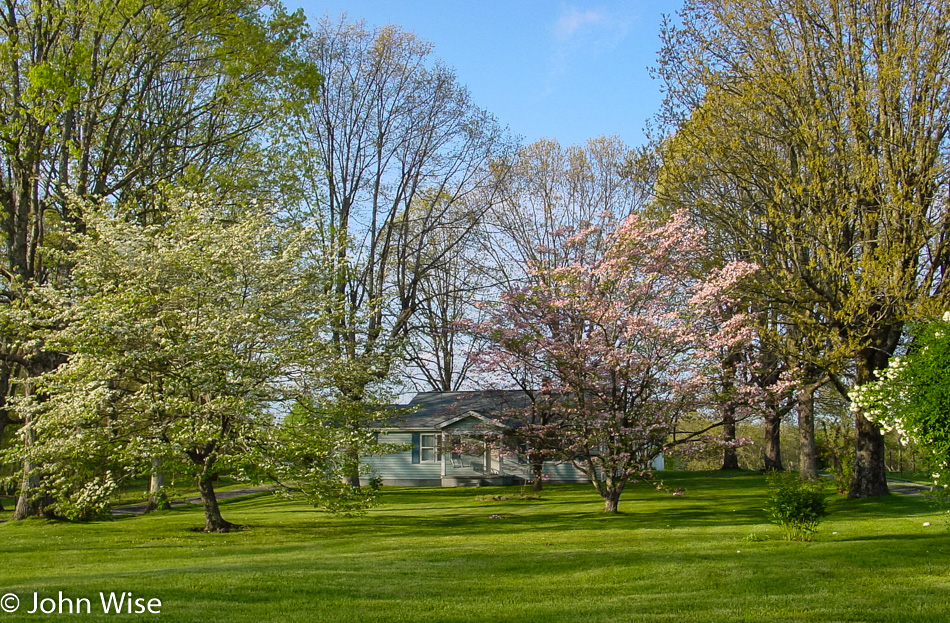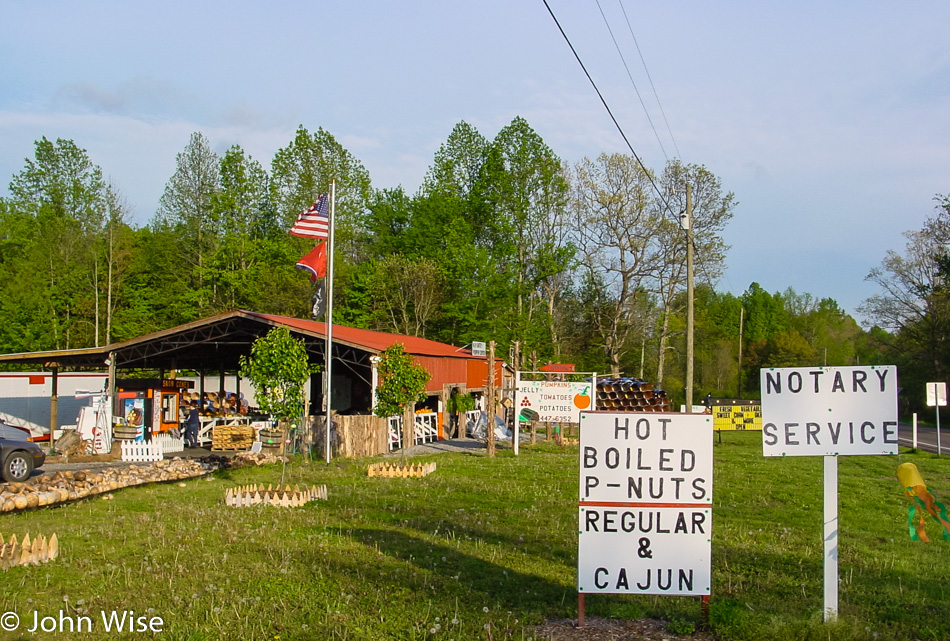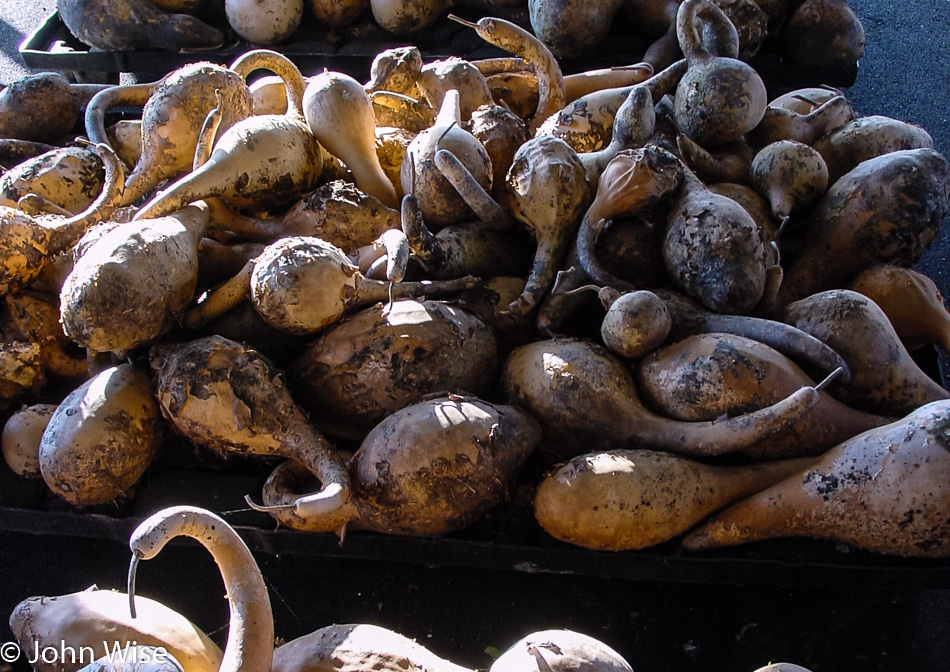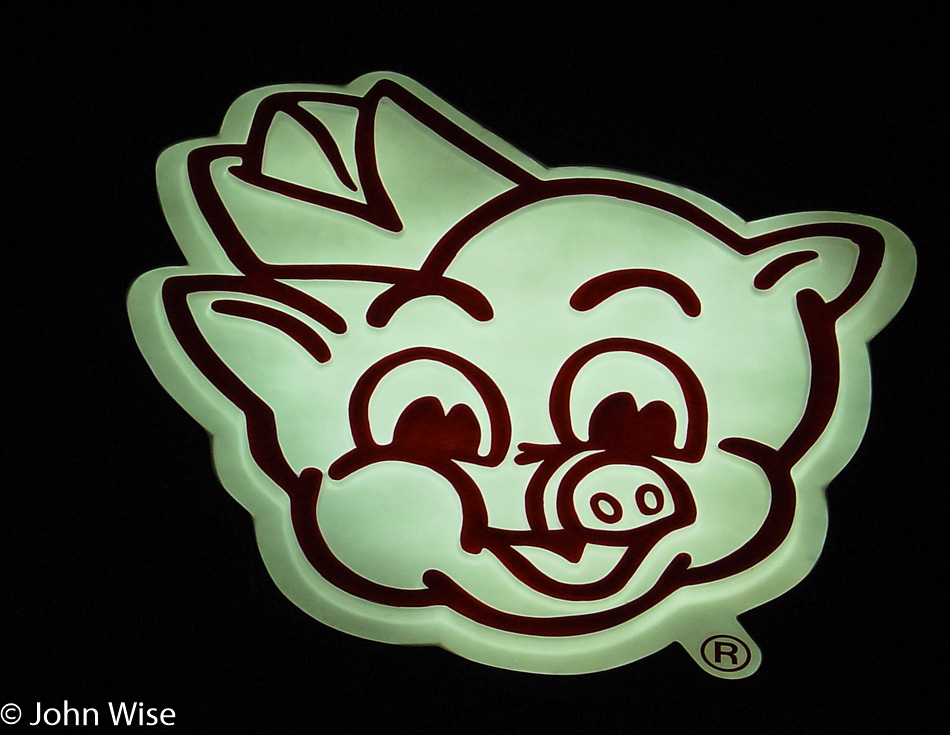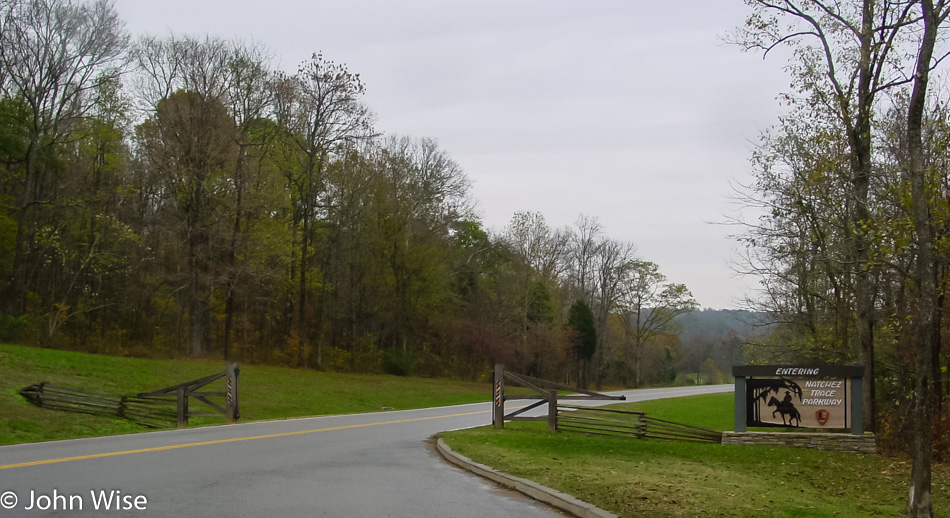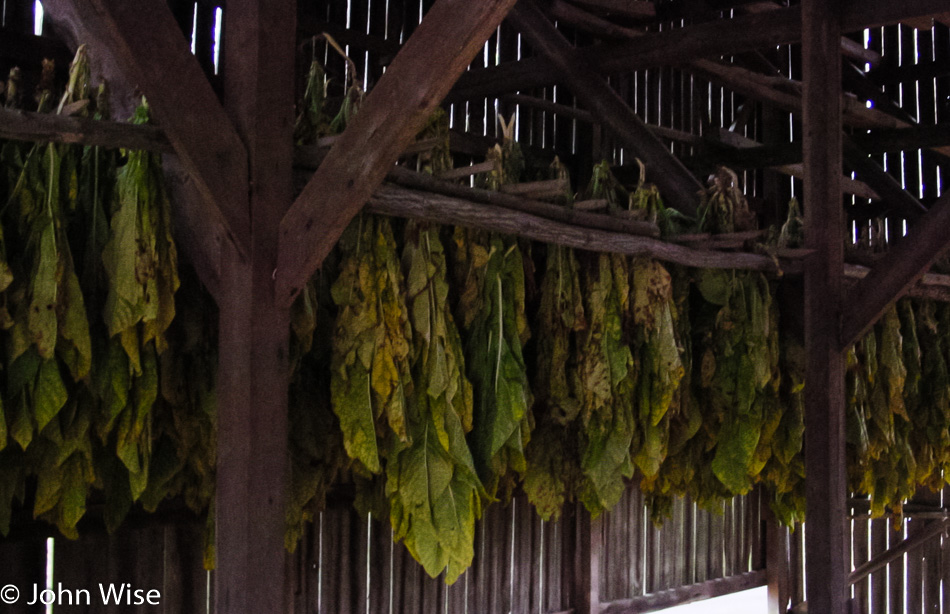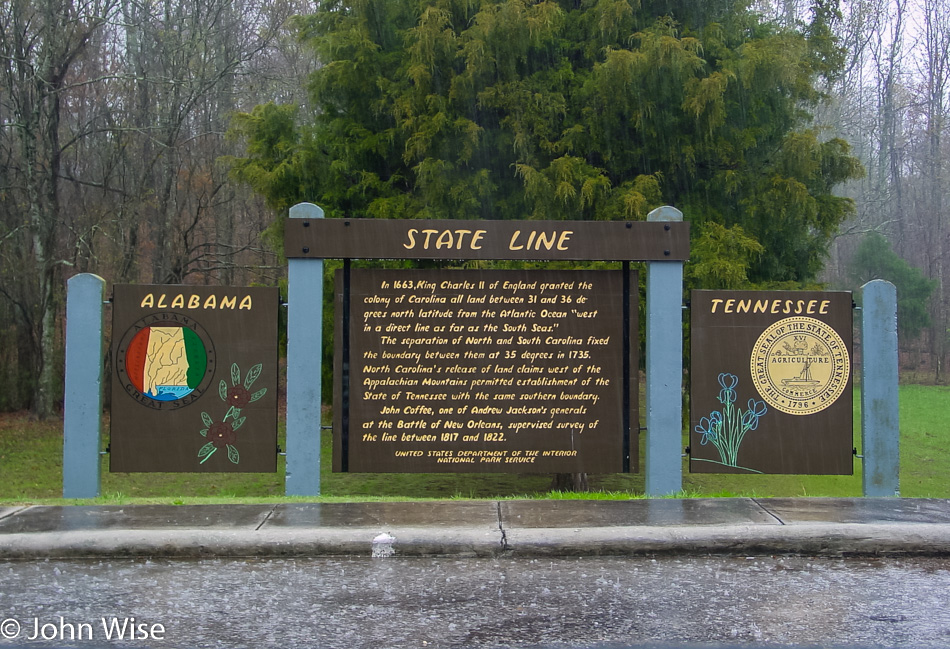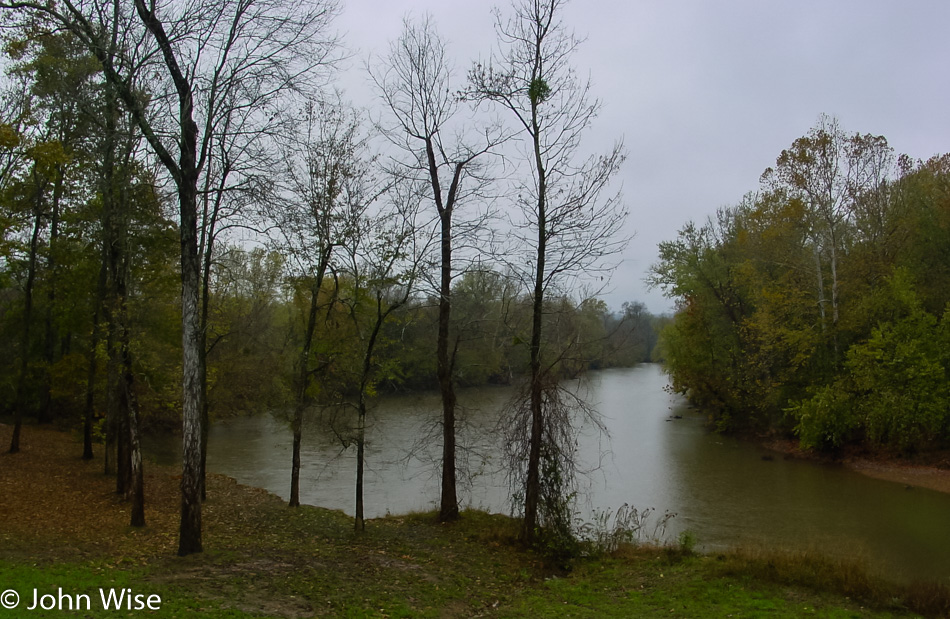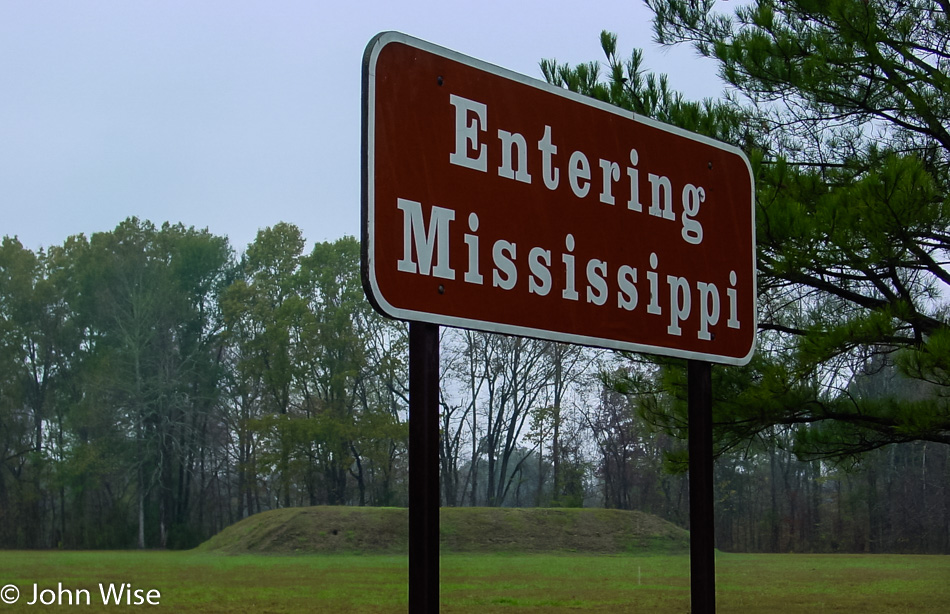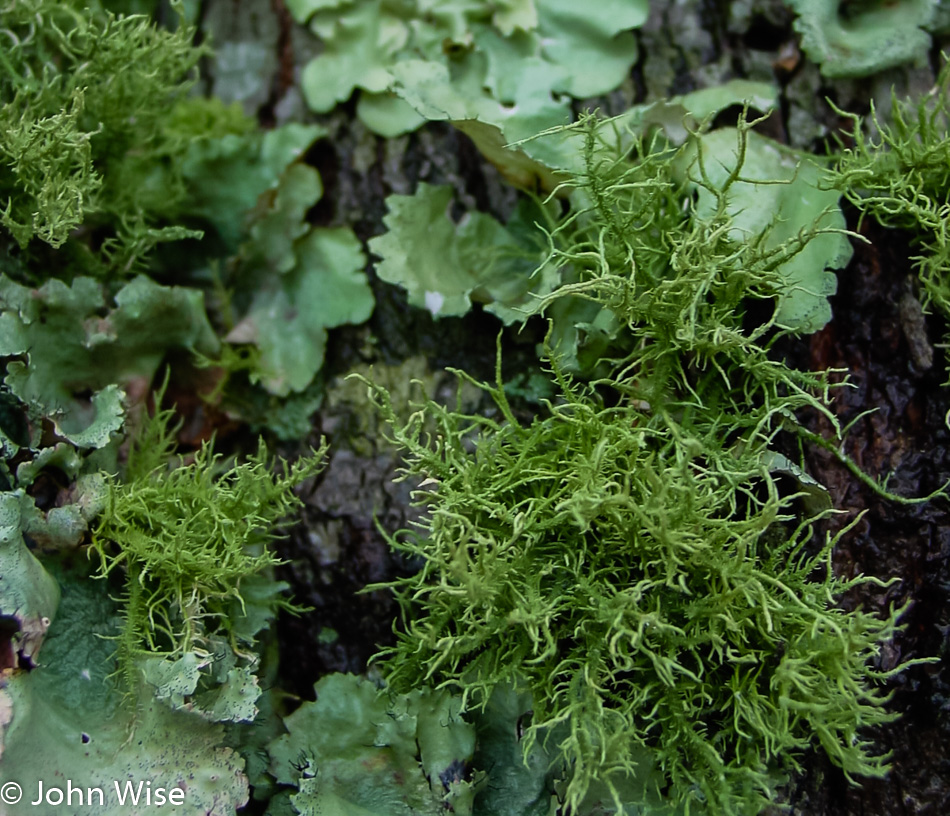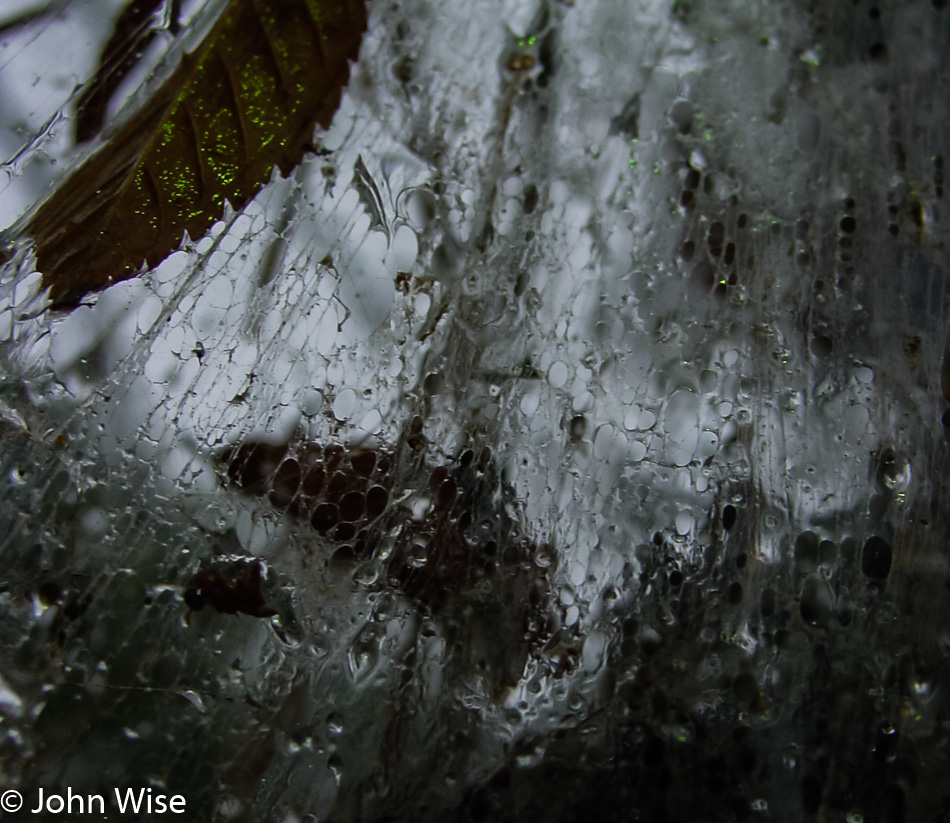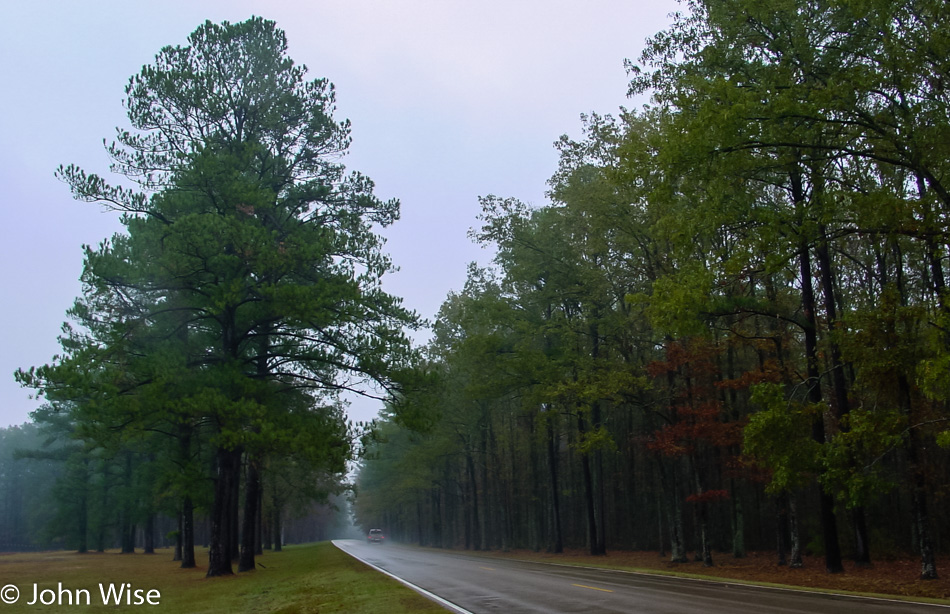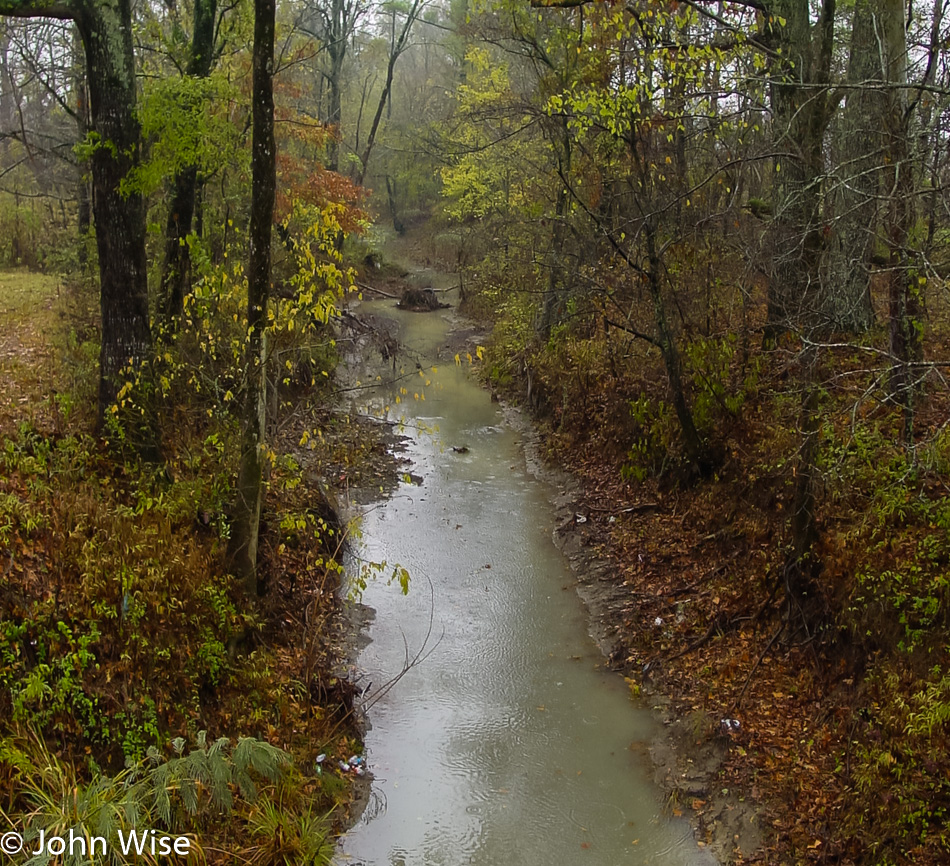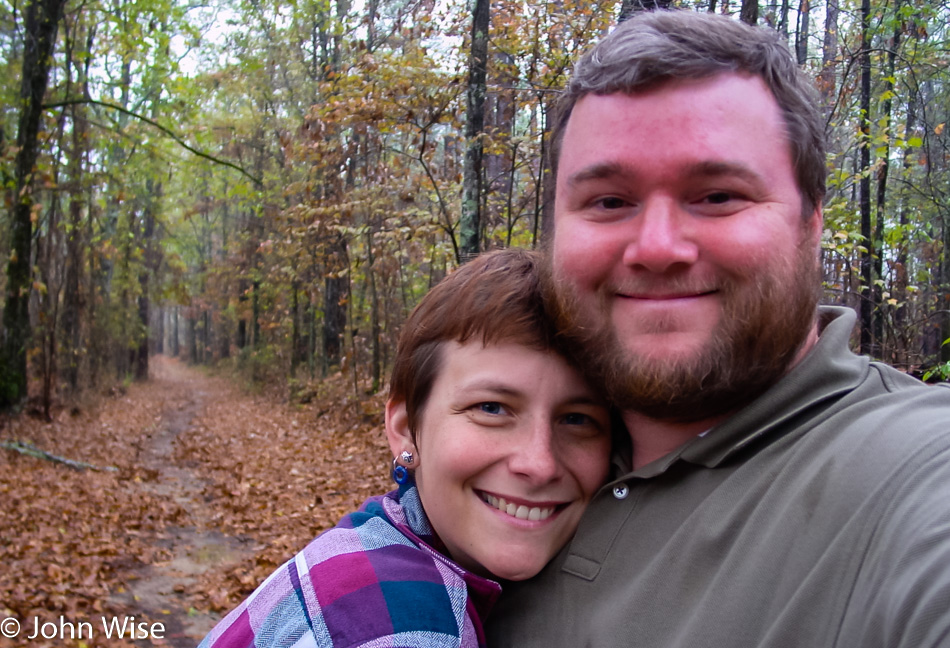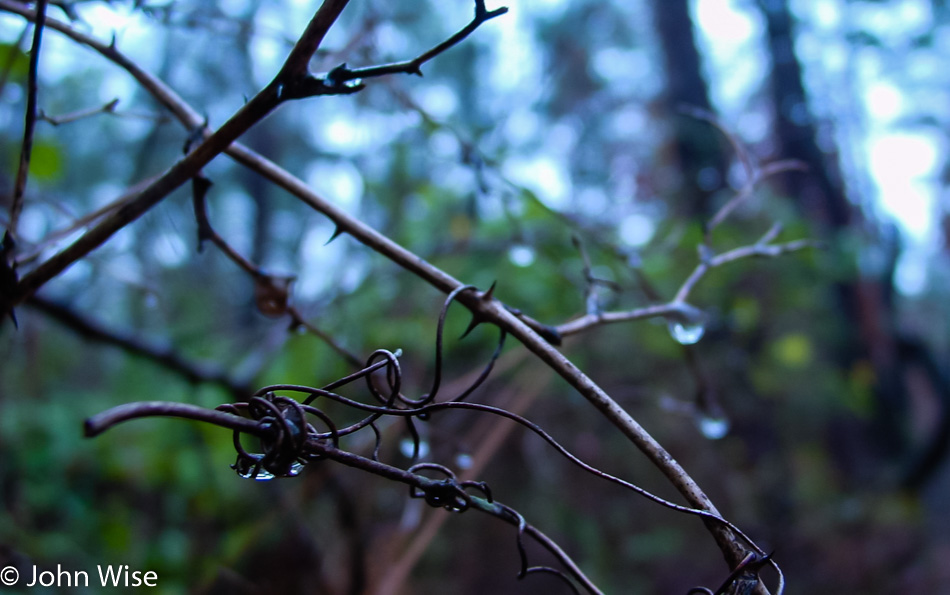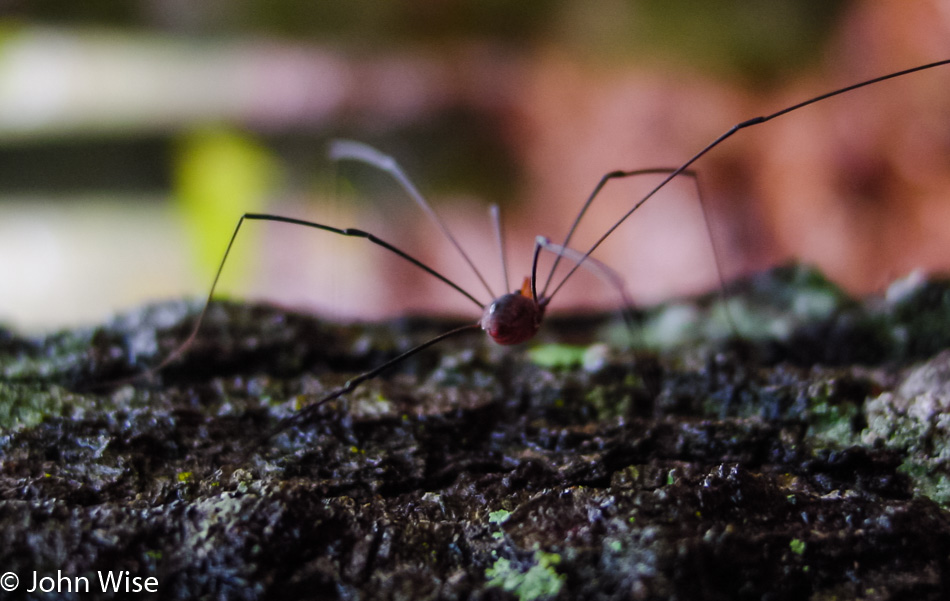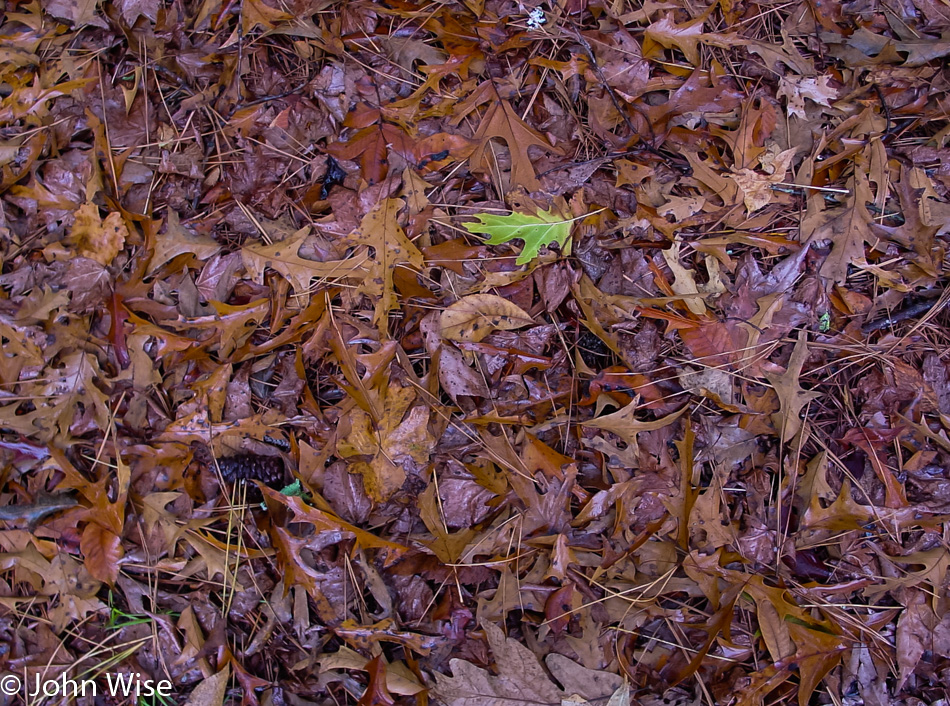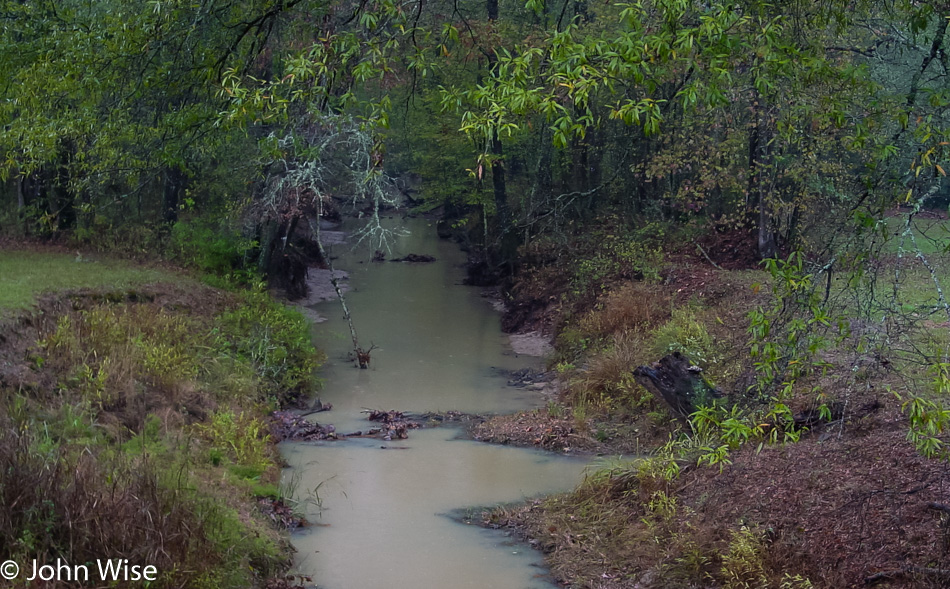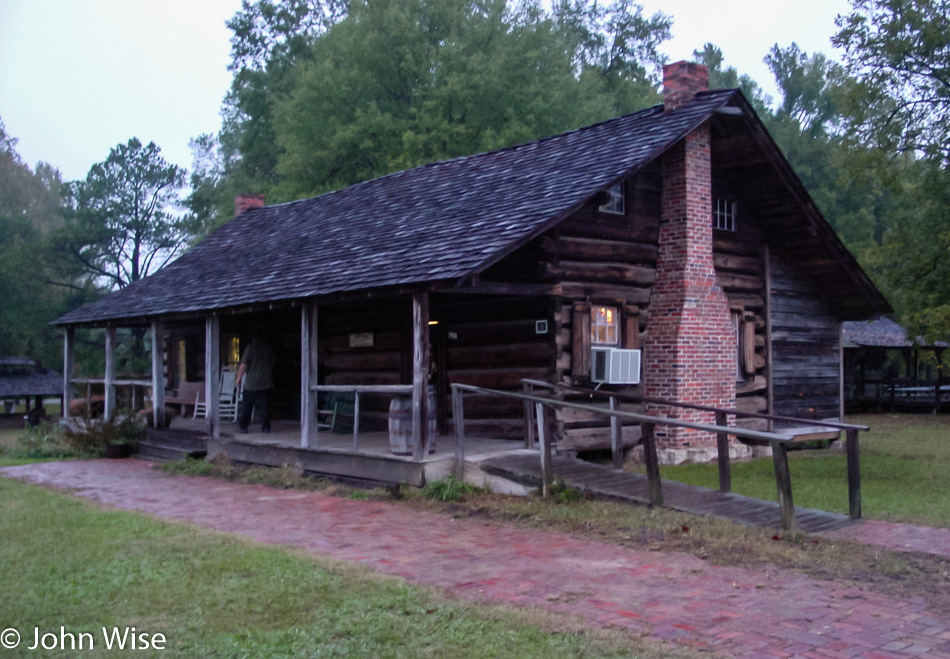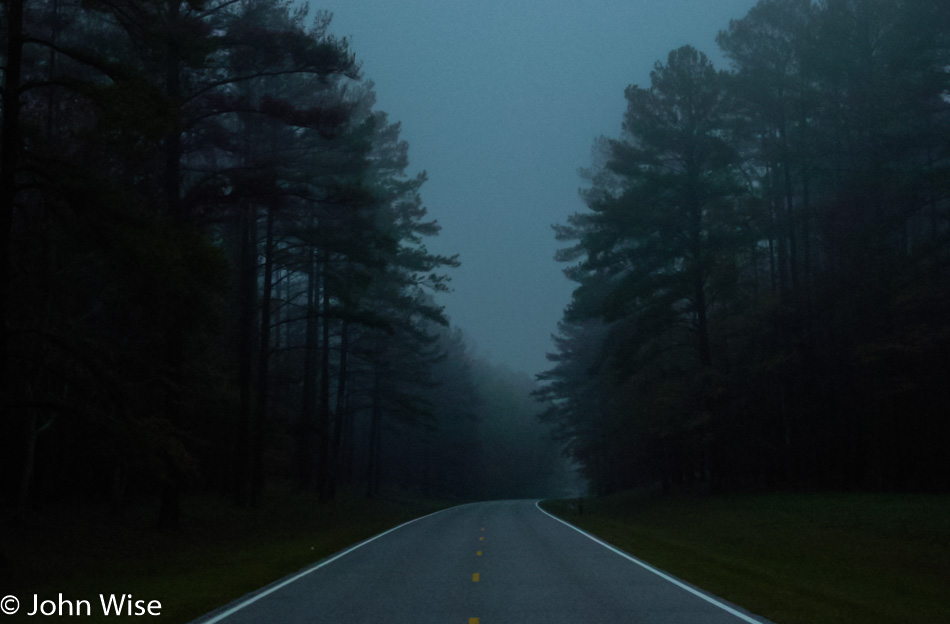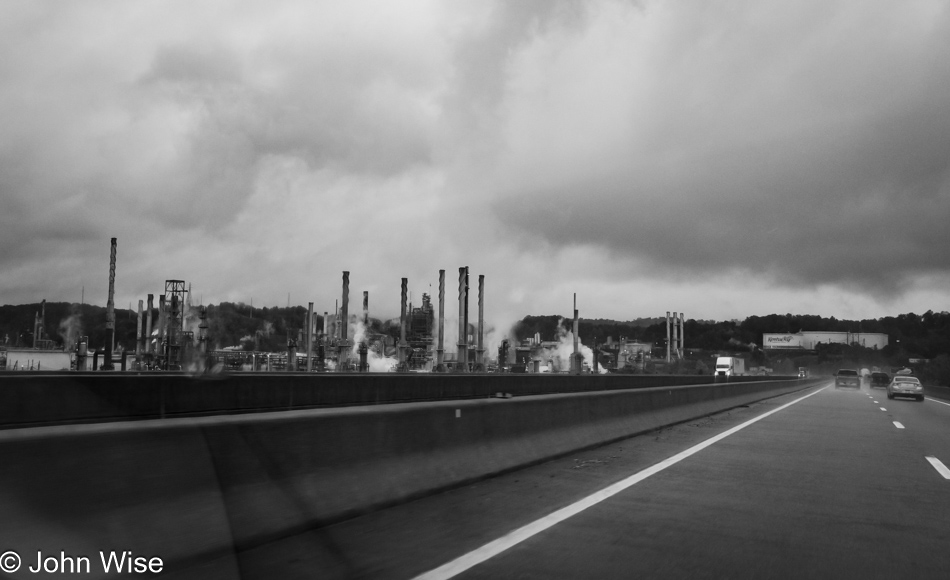
With last night’s decision to escape the approaching storm, my 32 days of crawling across a continent are coming to an end. It was time to forget about the meander and hit the gas to get a move on it. I left Sutton, West Virginia, after a spectacular breakfast of my homemade granola with an apple from Nova Scotia; I’m only pointing this out because it was my ray of sunshine on an otherwise rainy morning on Interstate 79 before merging onto Interstate 64 in Charleston, West Virginia. It’s been almost three hours down the ugly highway system as I pass over the Big Sandy River into Kentucky, taking this photo from the driver’s seat.

Out here on the interstate, the world is dark and dreary, not only because of the miserable weather. Monotony veering into boredom, aggression and impatience from other drivers, and the almost total lack of anything to captivate the senses all lend the impression of squandering time for the sake of covering distance. I’ve grown to hate this form of transportation; it sucks the color and joy out of anything that might be considered experiential, aside from the experience of banality.

Four hours into hauling ass across Kentucky, I needed a lunch break, but not for Cracker Barrel, Bob Evans, Gino’s Pizza, Biscuit World, or McDonald’s, which were all well advertised on the freeway along with countless law firms, hotel chains, gas brands, health care options, or the many dedications to politicians, wars, or fallen police and soldiers. Figuring I might find some home cooking, as it’s often known (I grew up calling it Soul Food), I left the interstate in Lexington and found a little joint called Mimi’s Southern Style Cooking, but since when is a buffet about quality? Coming into the city and leaving it, it doesn’t matter if I’m in Modesto, California; Tucson, Arizona; Austin, Texas; Portland, Maine; or Lexington, Kentucky; we are a people needing vapes, Bud Light, scratchers, tattoos, drive-thrus, and the convenience demanded from people racing to find something elusive and always out of reach.

Speeding across Kentucky was abysmal. I felt I betrayed myself by seeing absolutely nothing of the state. I’ve capitulated to the hegemonistic cultural hammer of suffering in the consumer space where I am in Everywhere, America, as defined by commerce and consumption. There is no escape from the machine out here on the interstate. Detouring out of the south to escape the rain, I’ve traded my sense of exploration and discovery for a different kind of reign that is forever relentless. Even phone service along the freeway is impeccable, unlike the majority of our days on vacation when the signal faded in and out. Having proper phone service means I’m always connected, be it for streaming music or podcasts. The ads can arrive without fail with the leash holding fast.
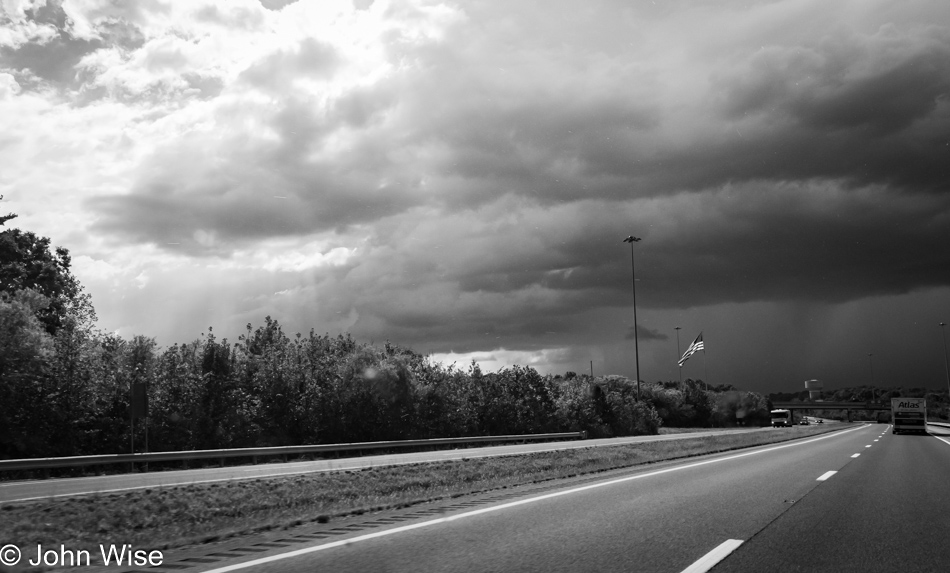
There’s no spontaneity found at 75 mph, just the routine of watching vehicles in front, behind, and in the opposite direction; so I always know where everyone is. For a time, I thought I was out of the rain, and fortunately for me, the road was about to start a big curve to the left, letting me skirt that monster downpour in front of me.

While disliking my choice of leaving the two-lane byways, I also feel it was the right decision as driving in the rain was tiresome, making progress was becoming slower, and now that I know I’m speeding back toward Caroline, the excitement grows that I’ll be seeing her soon.

After a full day of driving over 500 miles (847km) to the Tennessee border, I was exhausted. I decided to go farther after finding a steak house called Abe’s Rib-eye Barn an hour ahead in Dyersburg, Tennessee. I was also seeing inexpensive hotels in the area while entertaining the idea that I was far enough away from the front of the hurricane at this point. I can’t tell how intuition worked in my favor on this day, but I skipped grabbing a hotel before dinner, which I’d typically do to put our valuables in the room. Instead, I continued to Abe’s. Chatting with my server there about our vacation and today’s change of plans, she told me that the first taste of the hurricane was coming up the Mississippi, arriving around midnight. I checked the forecast, and the area was supposed to see between two and three inches of rain tomorrow.
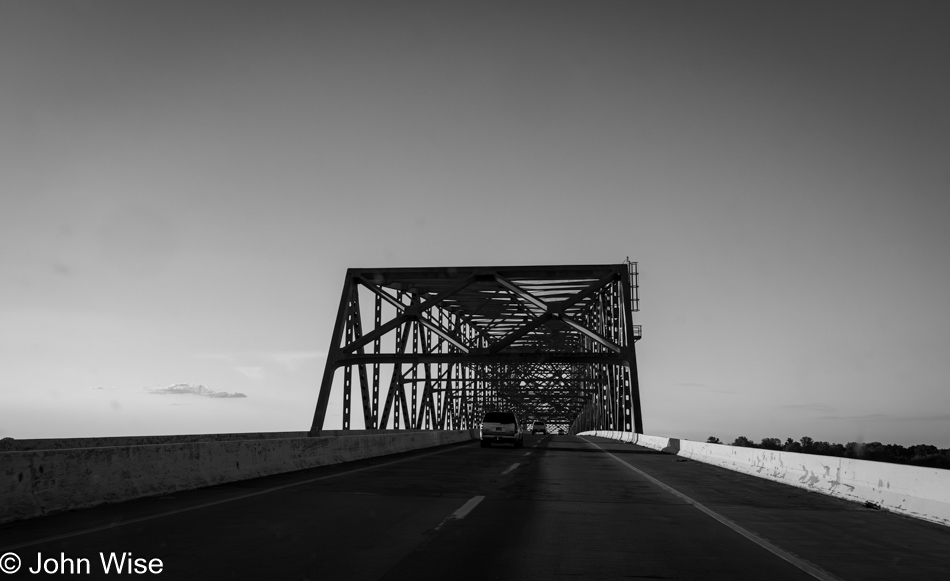
As quickly as I could, I wolfed down my steak, realizing how fortunate it was that I didn’t have a hotel yet which allowed me to start searching for one farther west of me. I found availability two states over, hoping to get out on a more distant edge of the bad weather. Tensions in my gut were running high, or did I eat too much steak?

When racing along interstates with no time for real sightseeing, this is what the Mississippi River looks like to the driver.

After my early start today in West Virginia, I headed to Kentucky, Tennessee, and now Missouri, then continued until Paragould, Arkansas, a good distance from the Mississippi River.
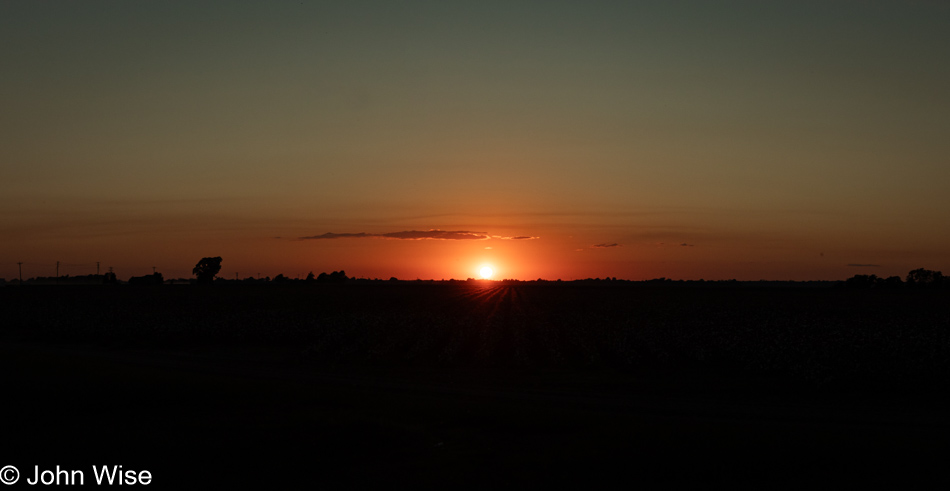
Color was again allowed to return to the world after I rejoined a two-lane highway traveling through farmland. I could comfortably stop for sunset near Arbyrd, Missouri, just a few miles from Arkansas and a dozen from my motel.
